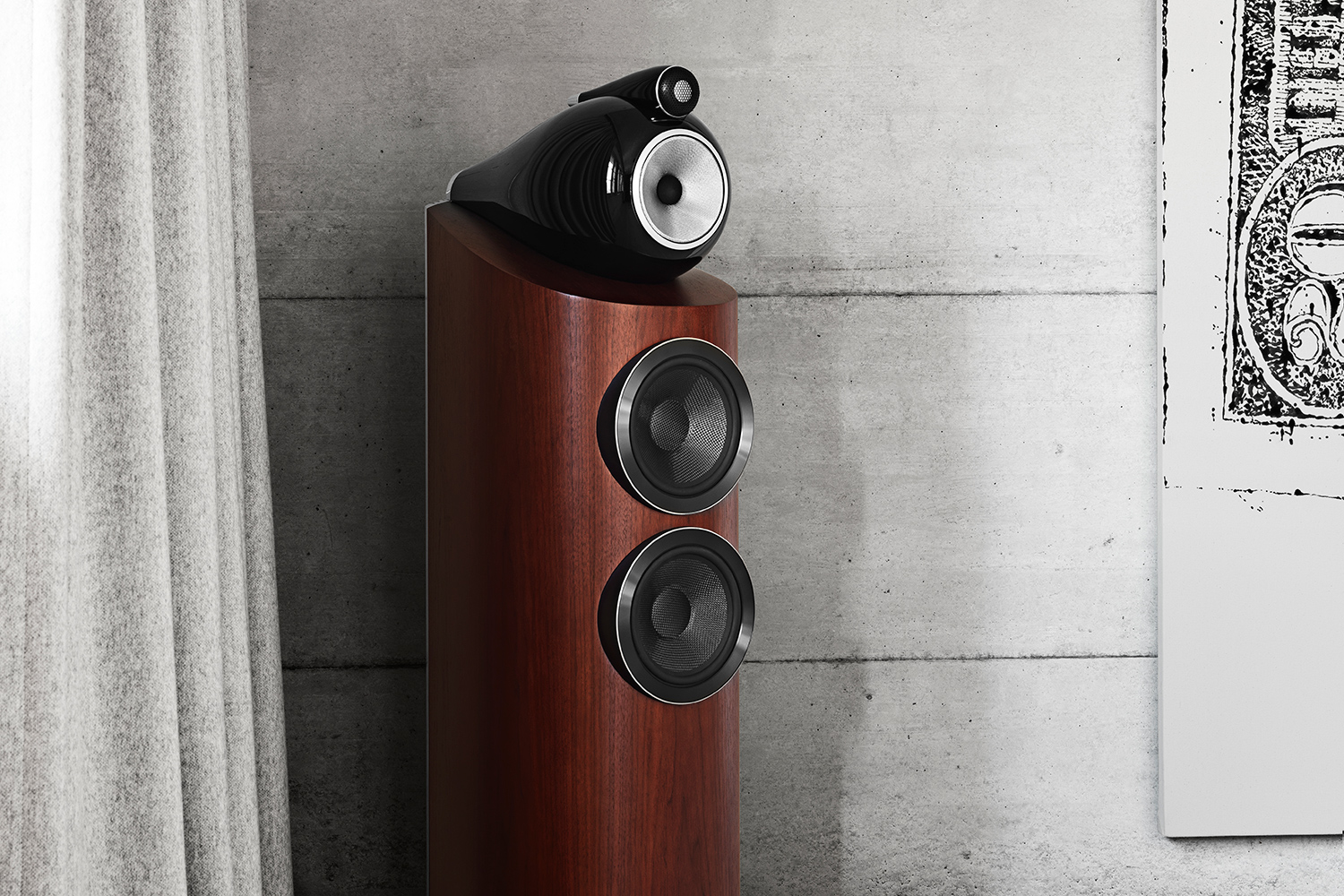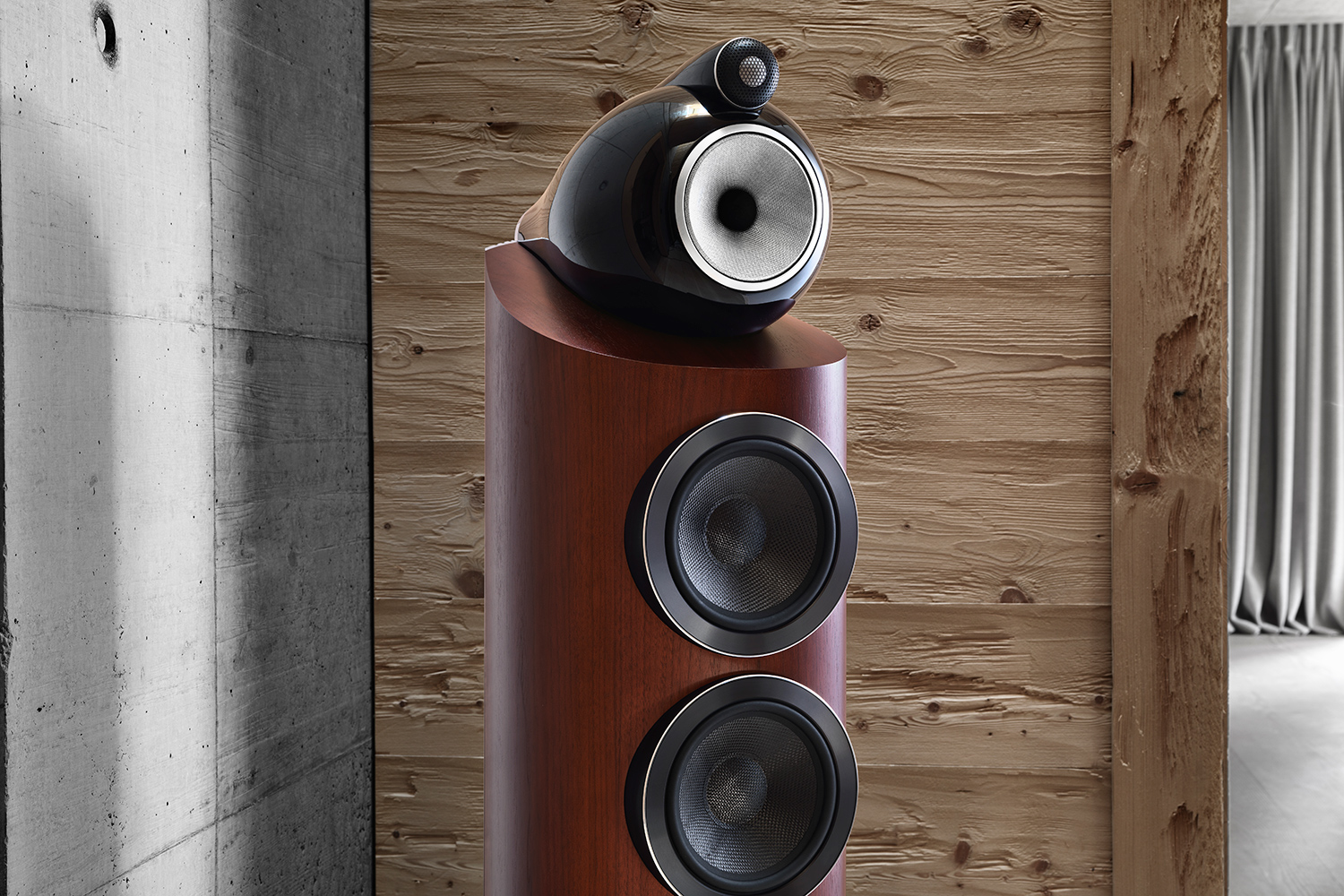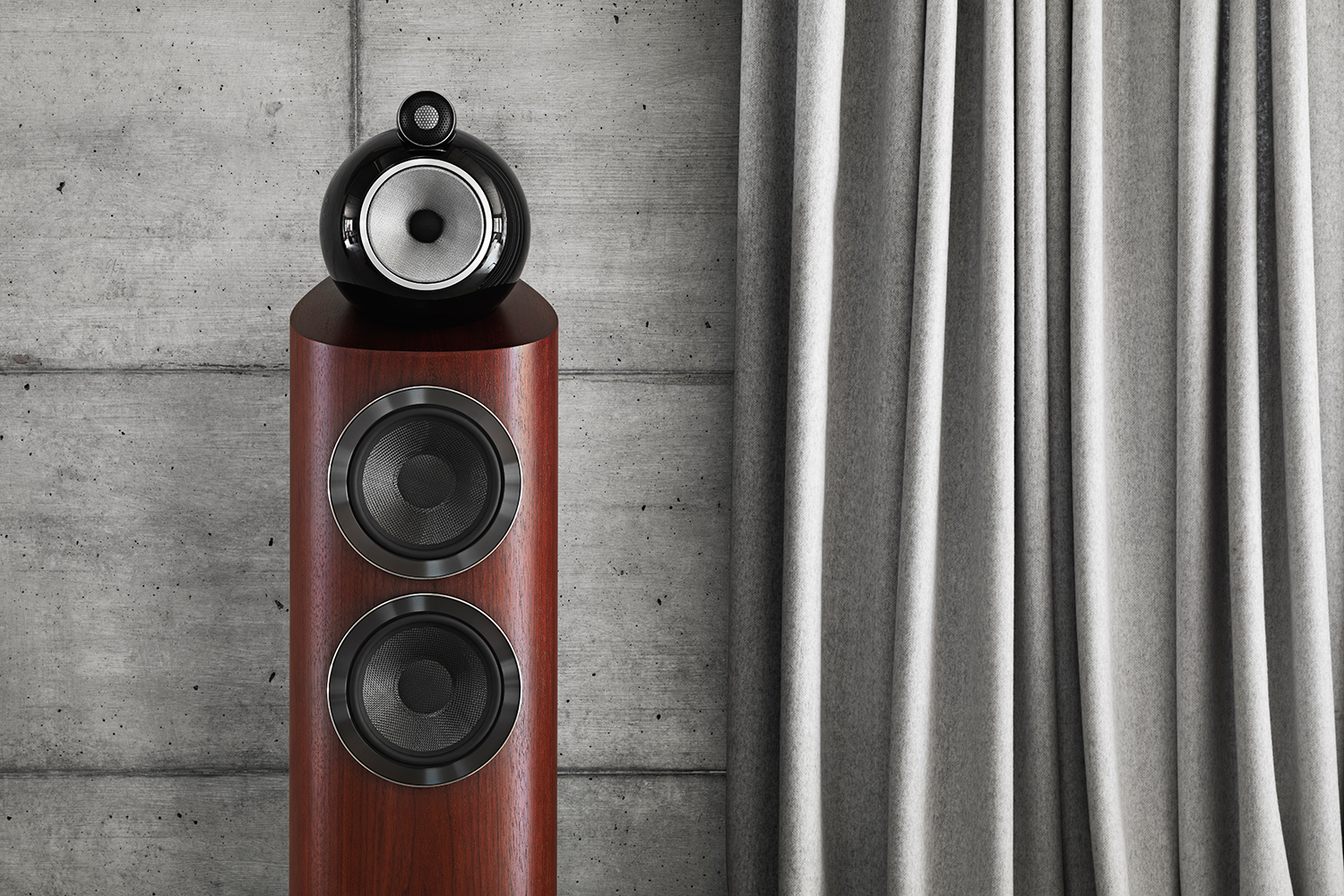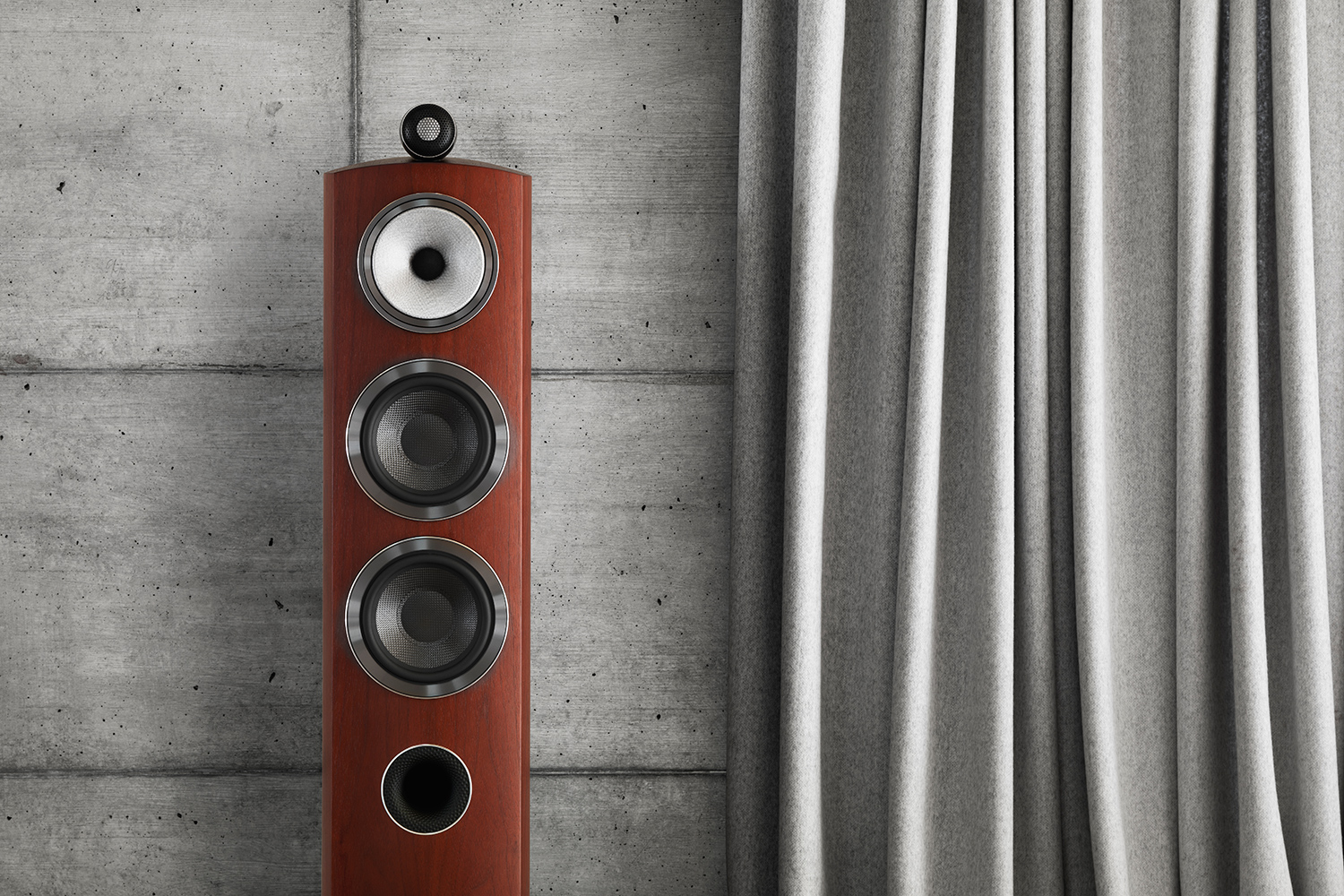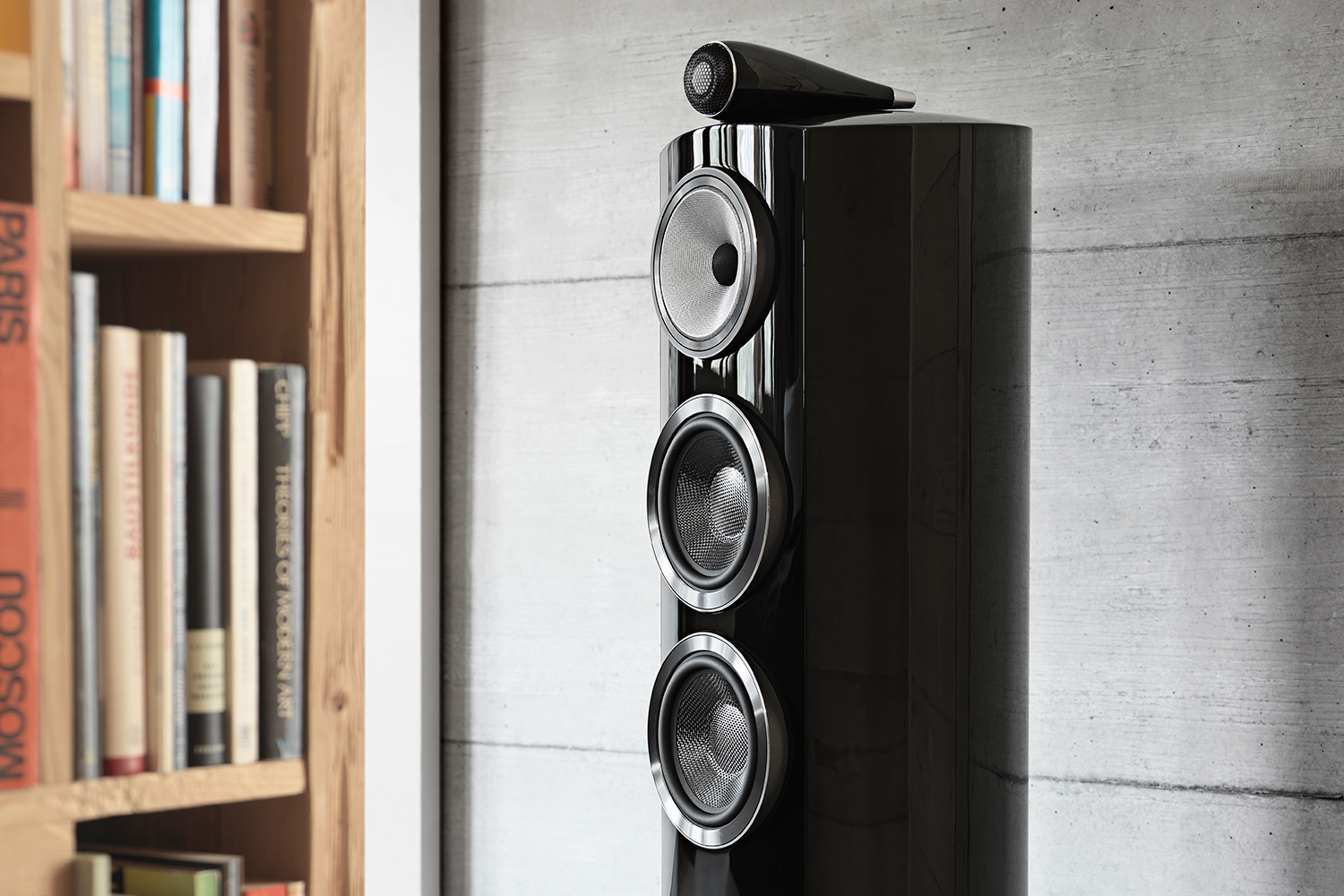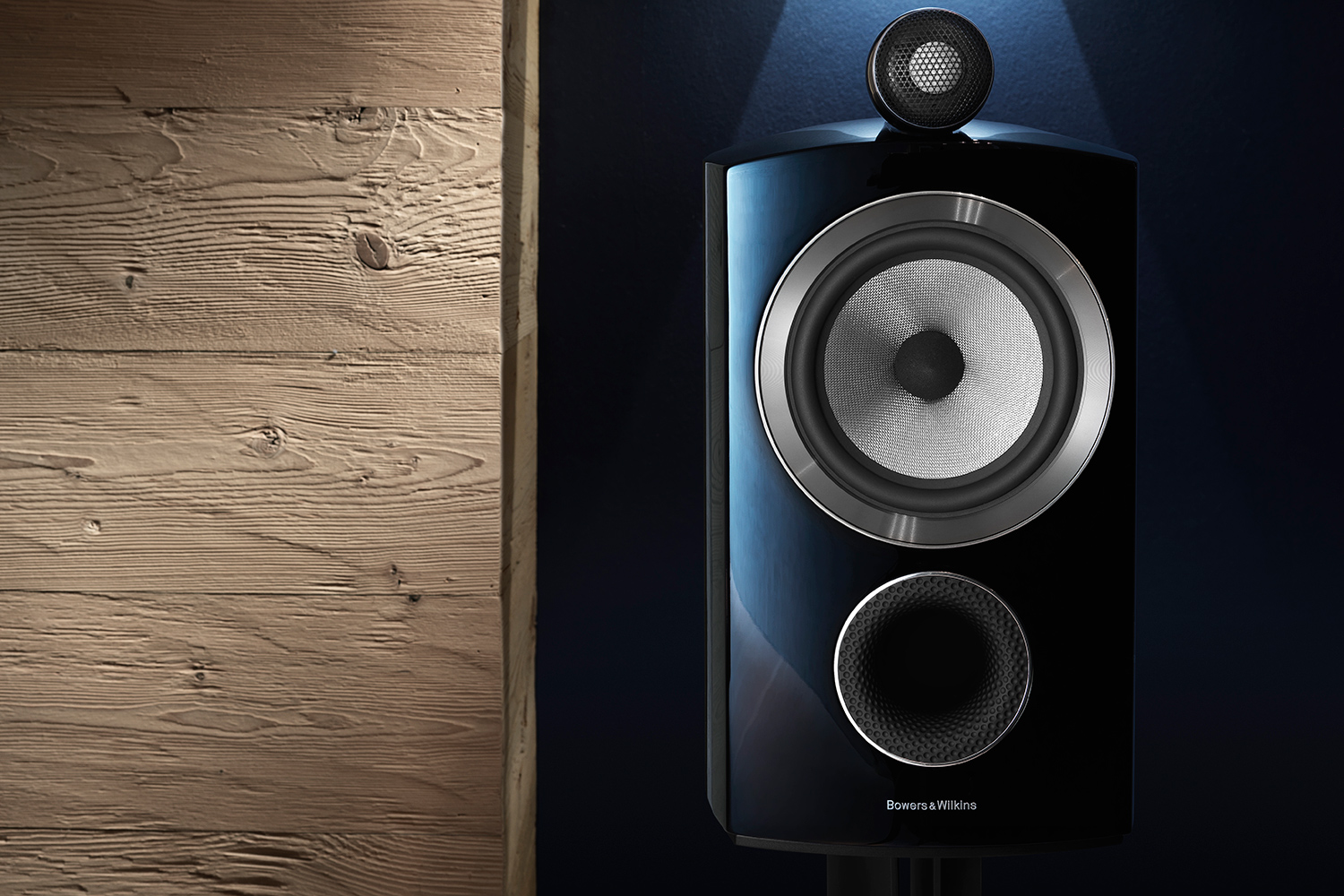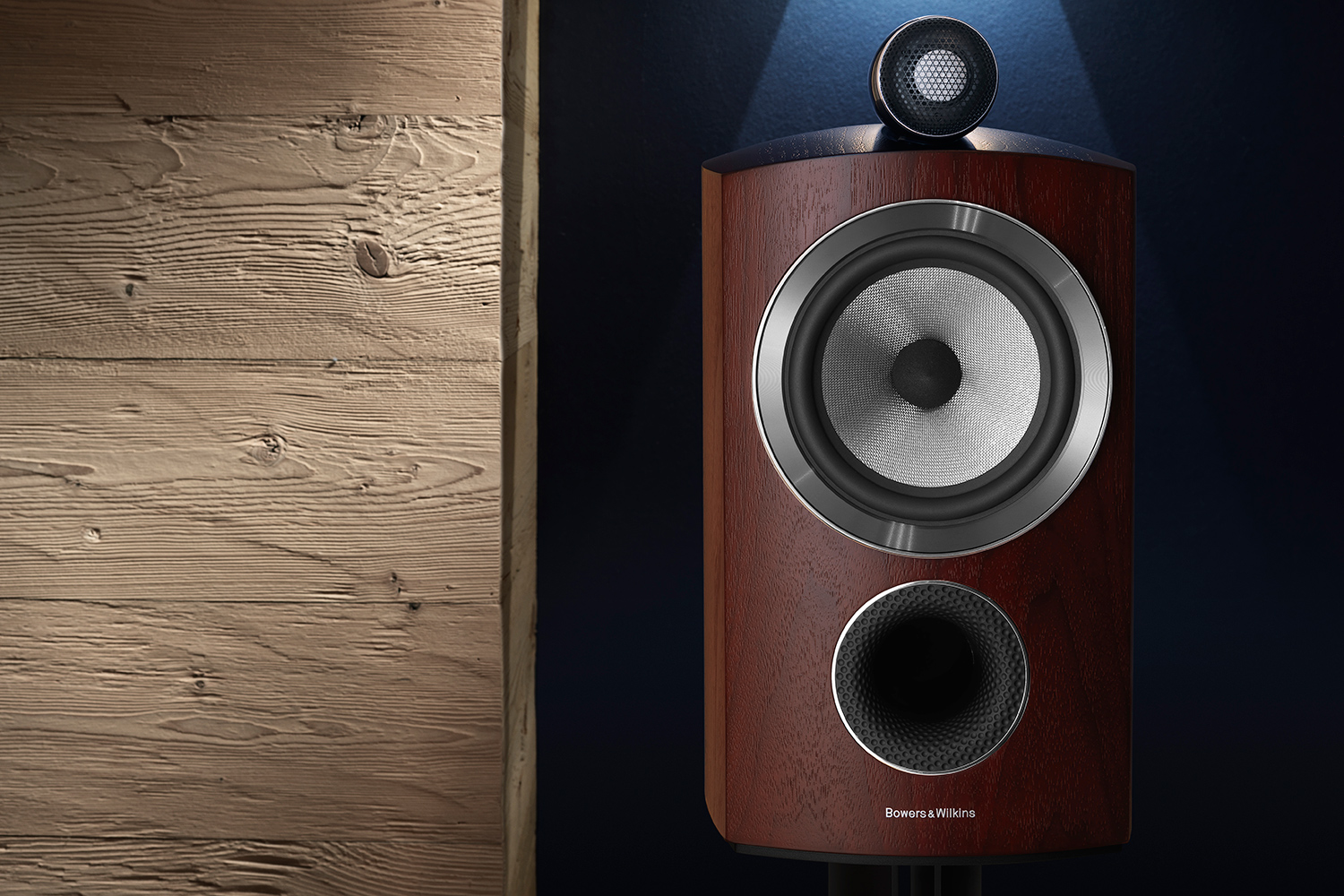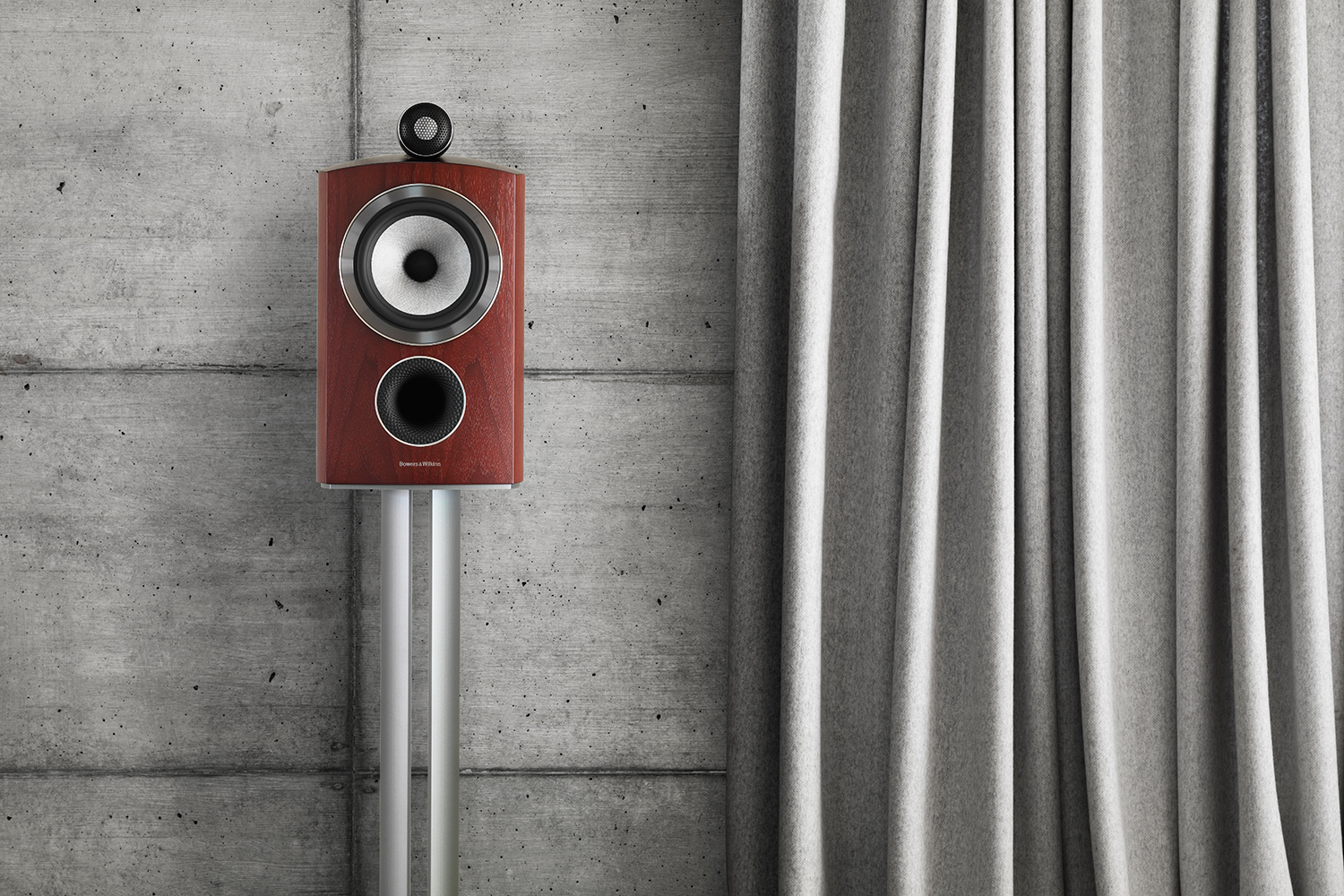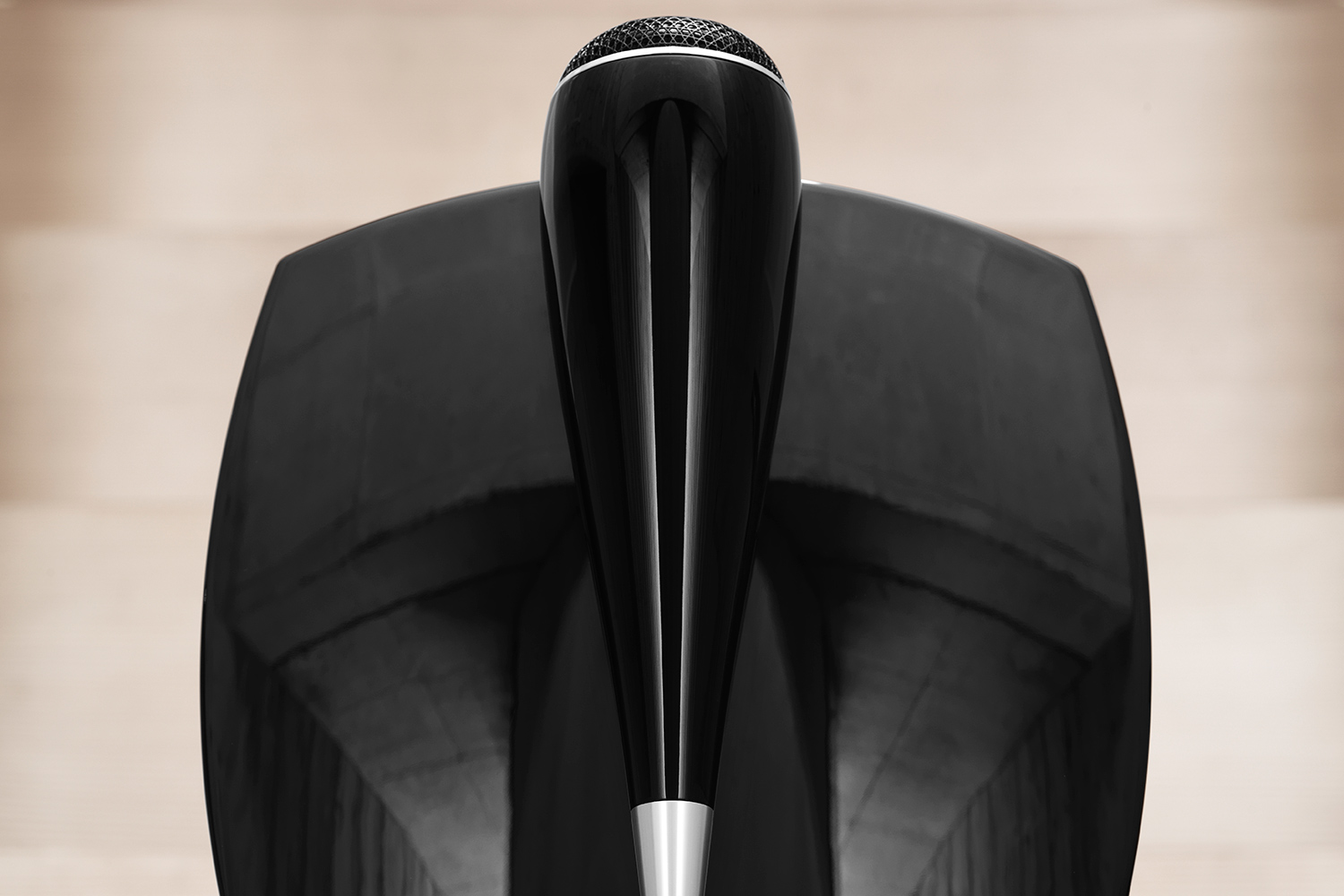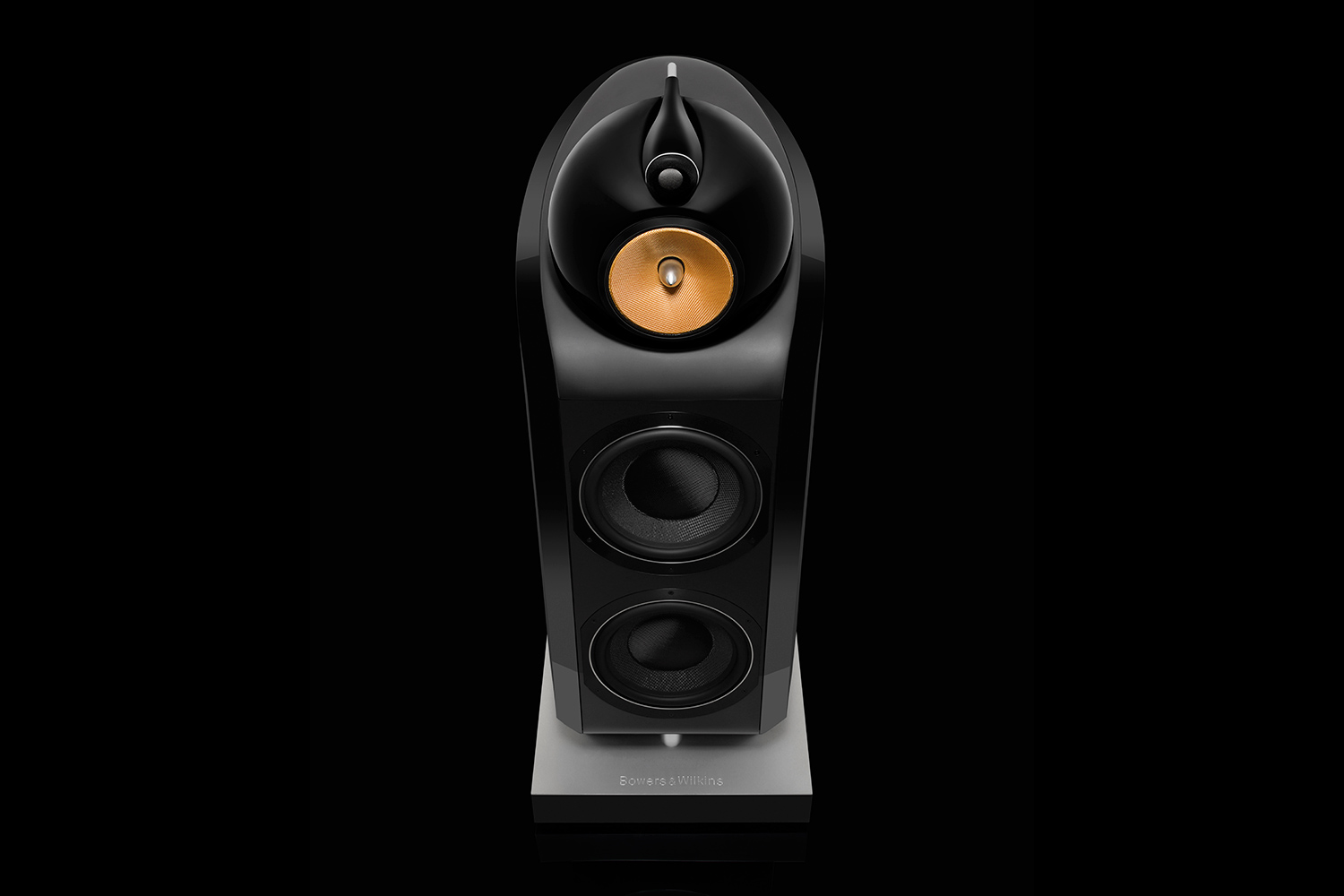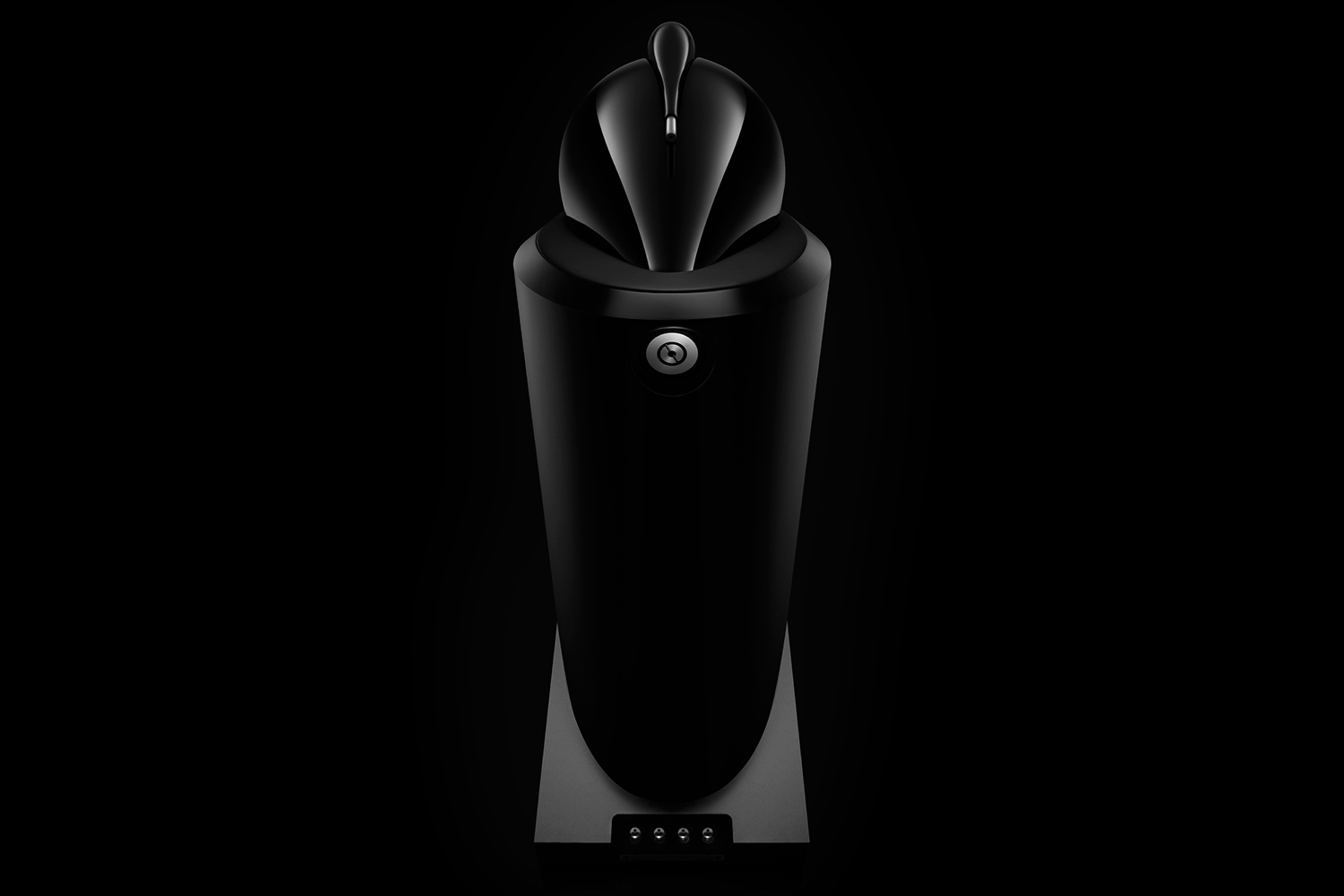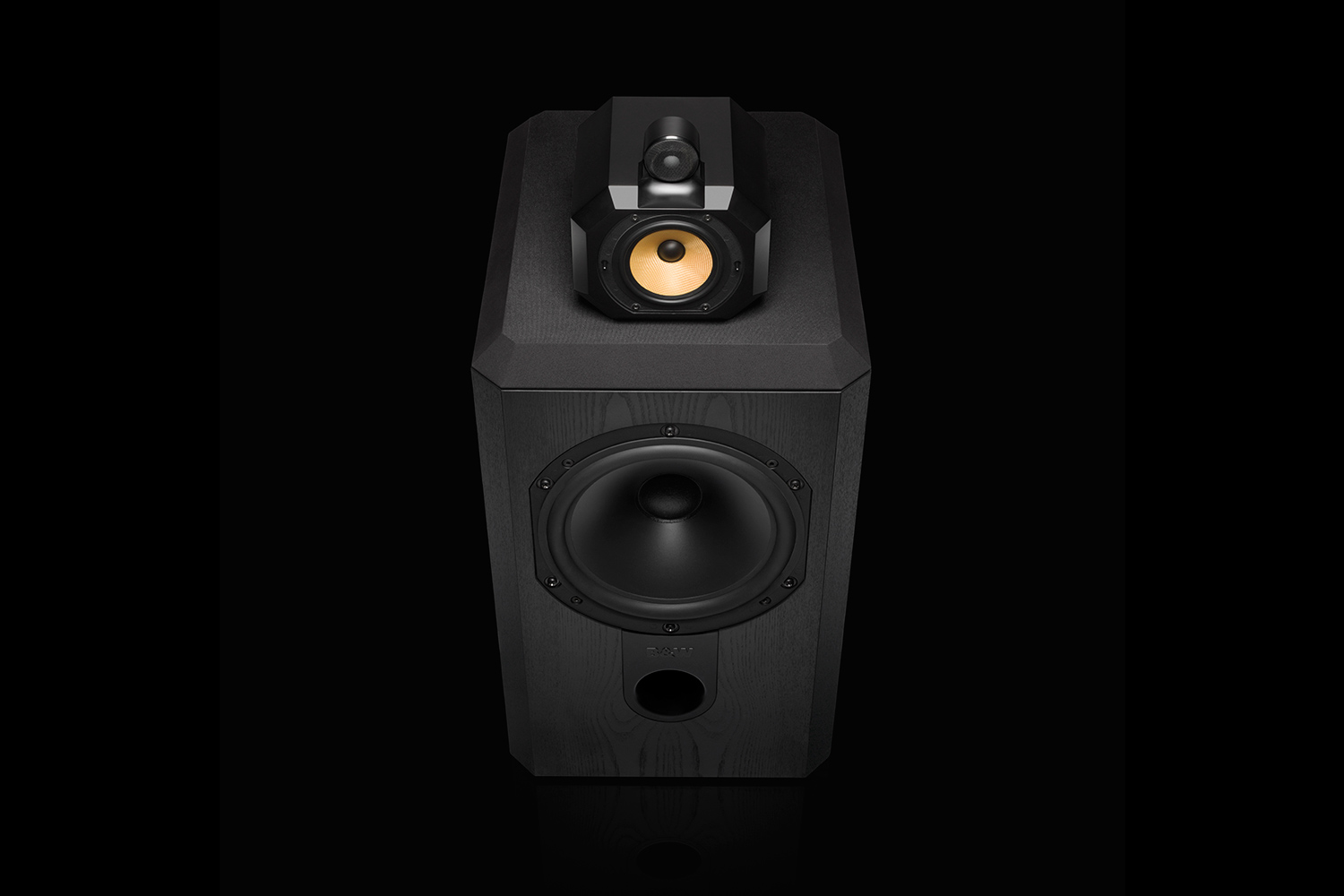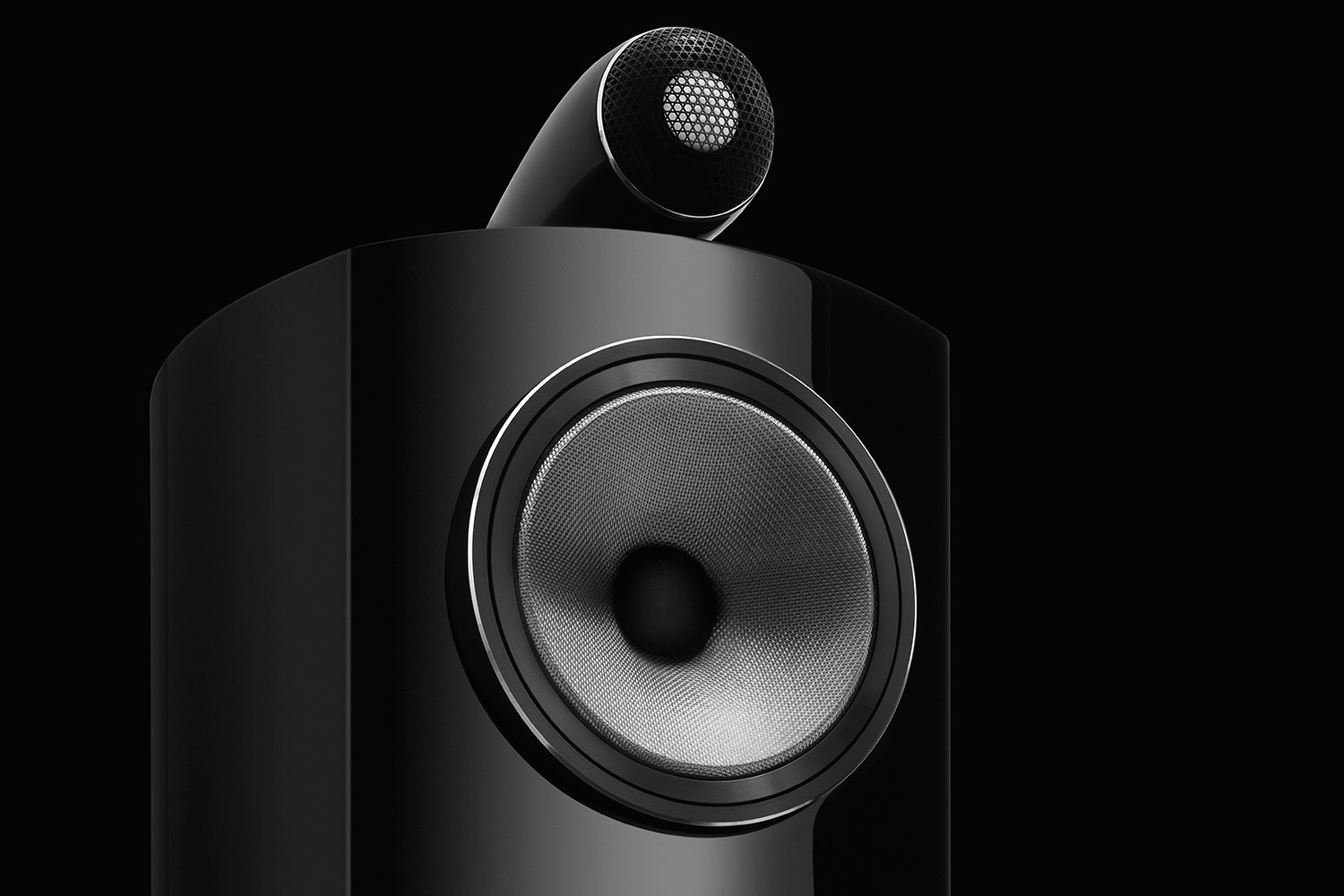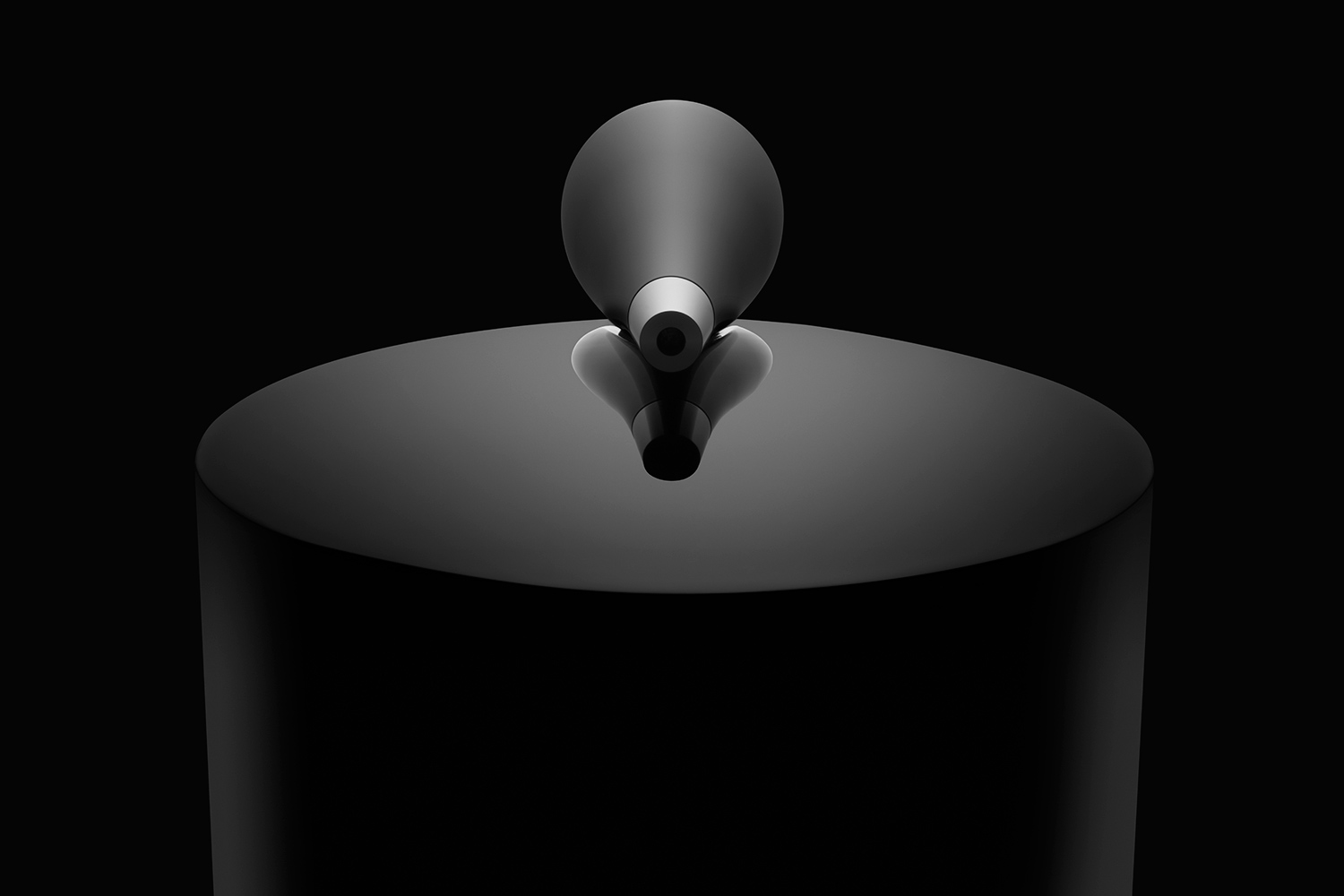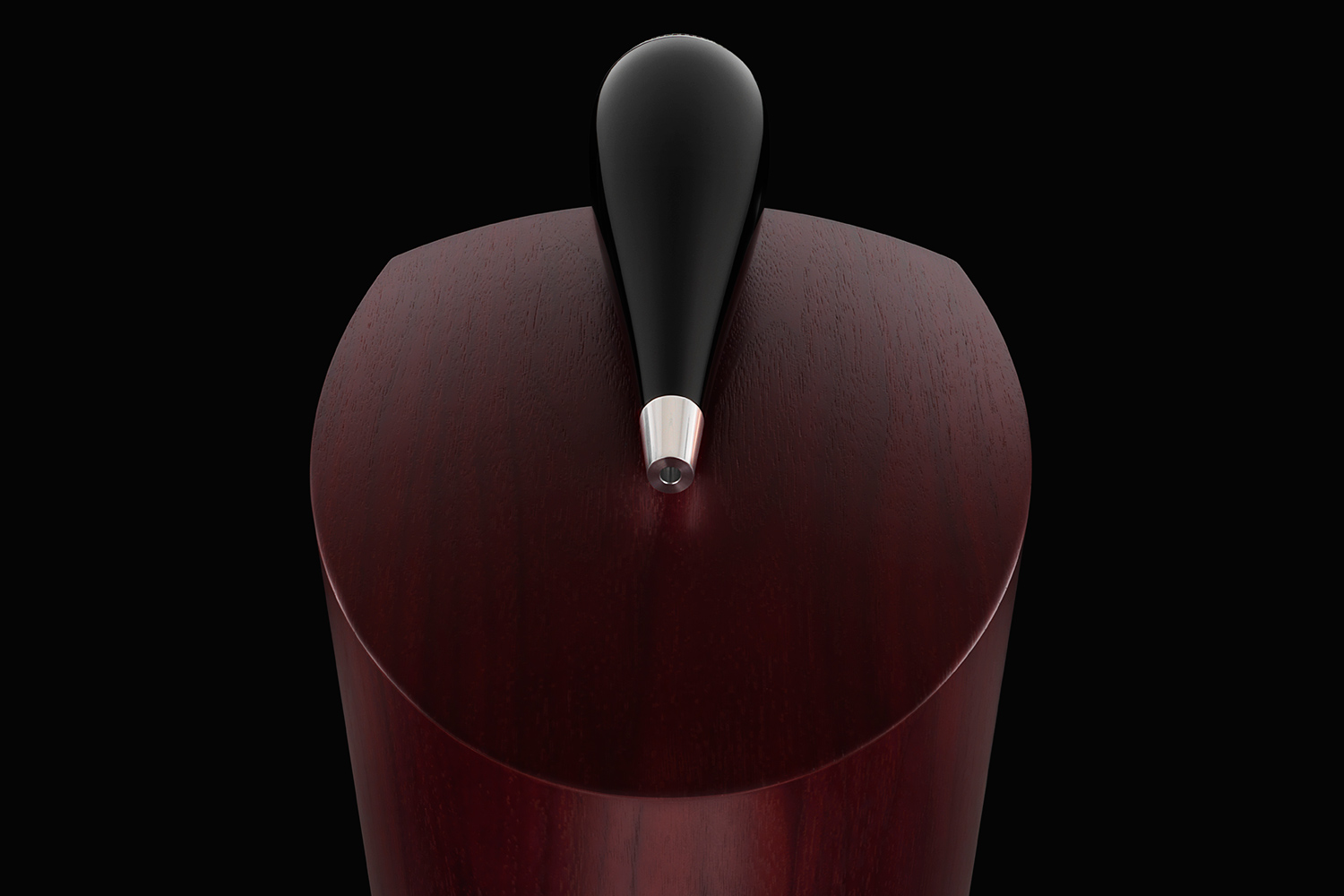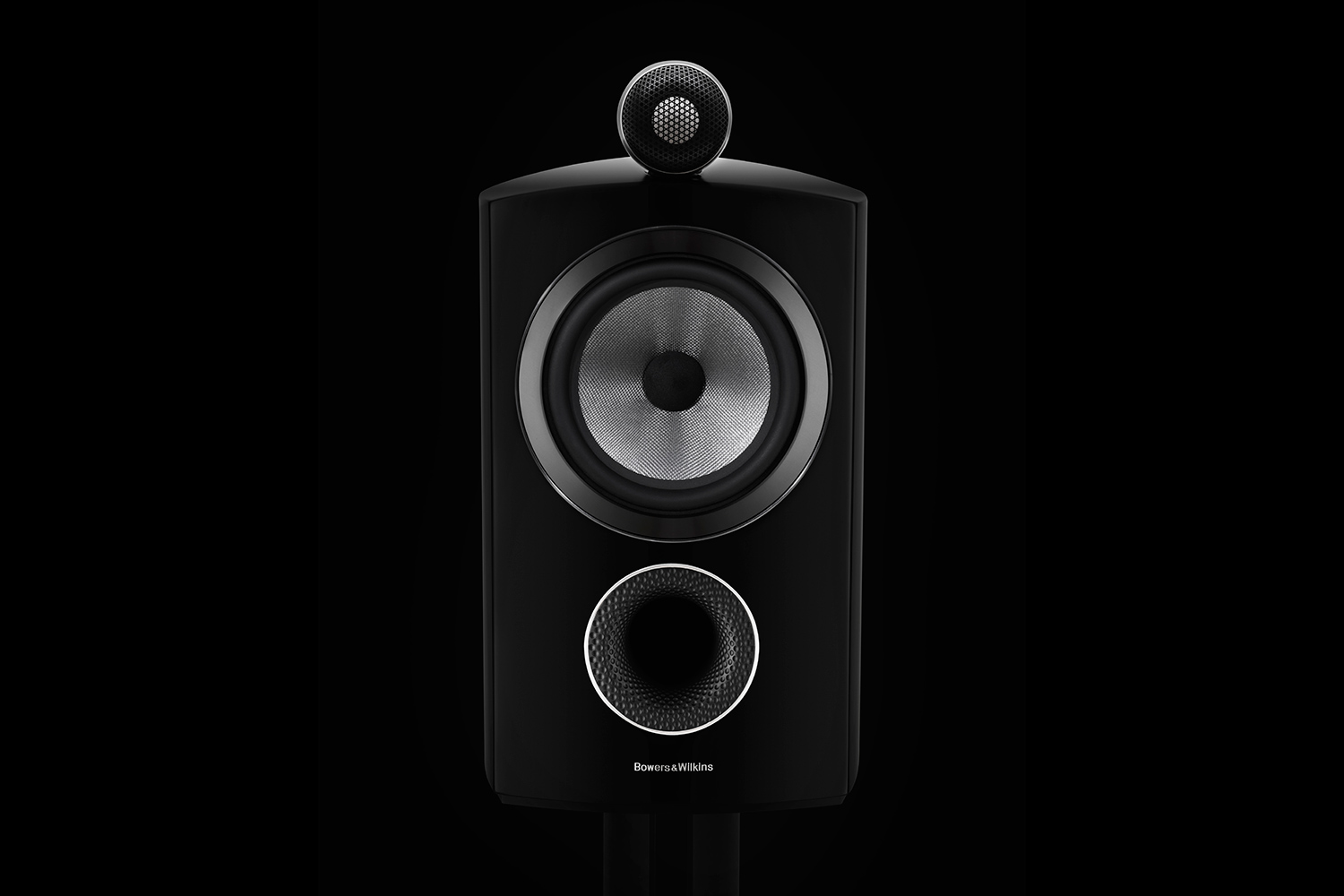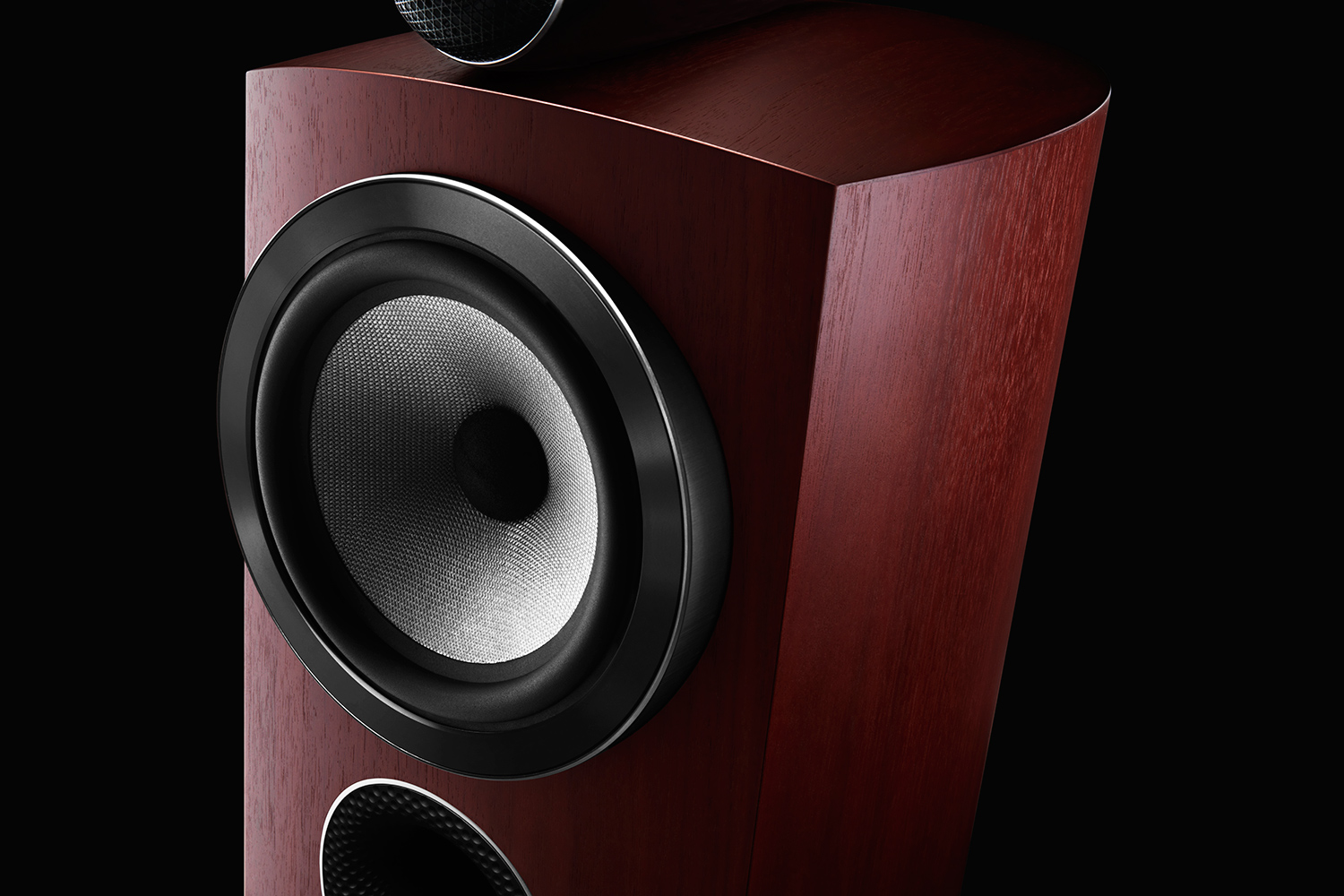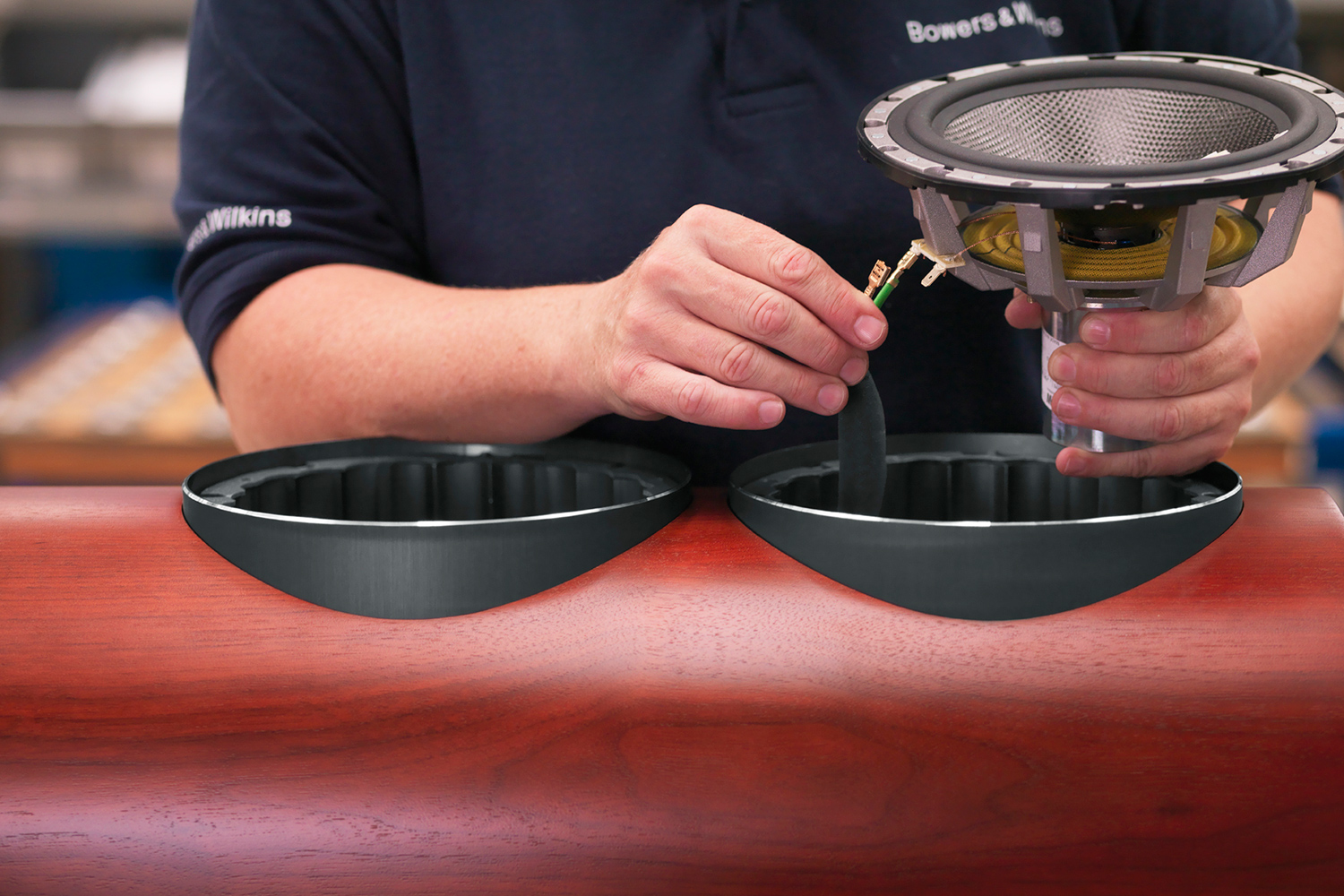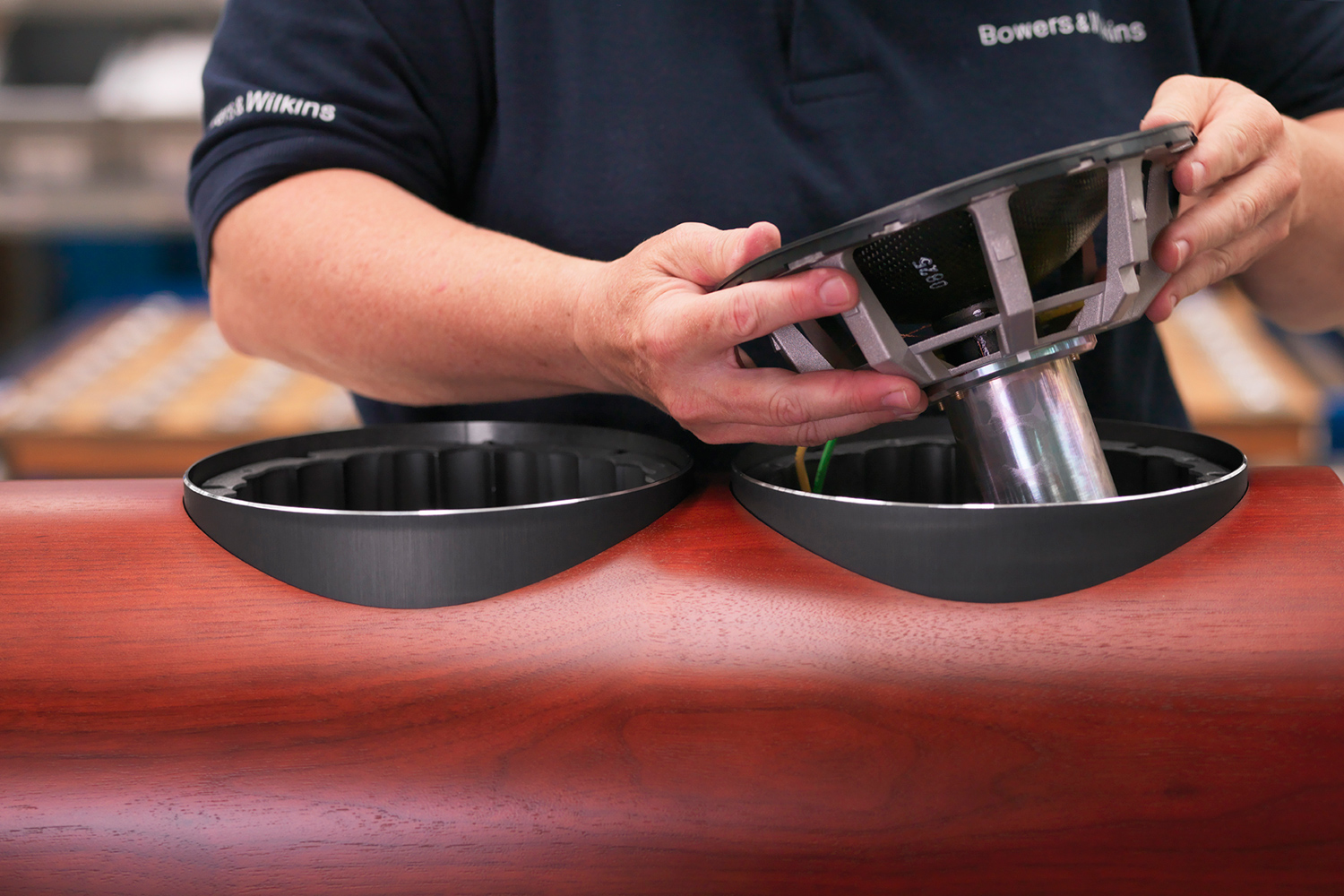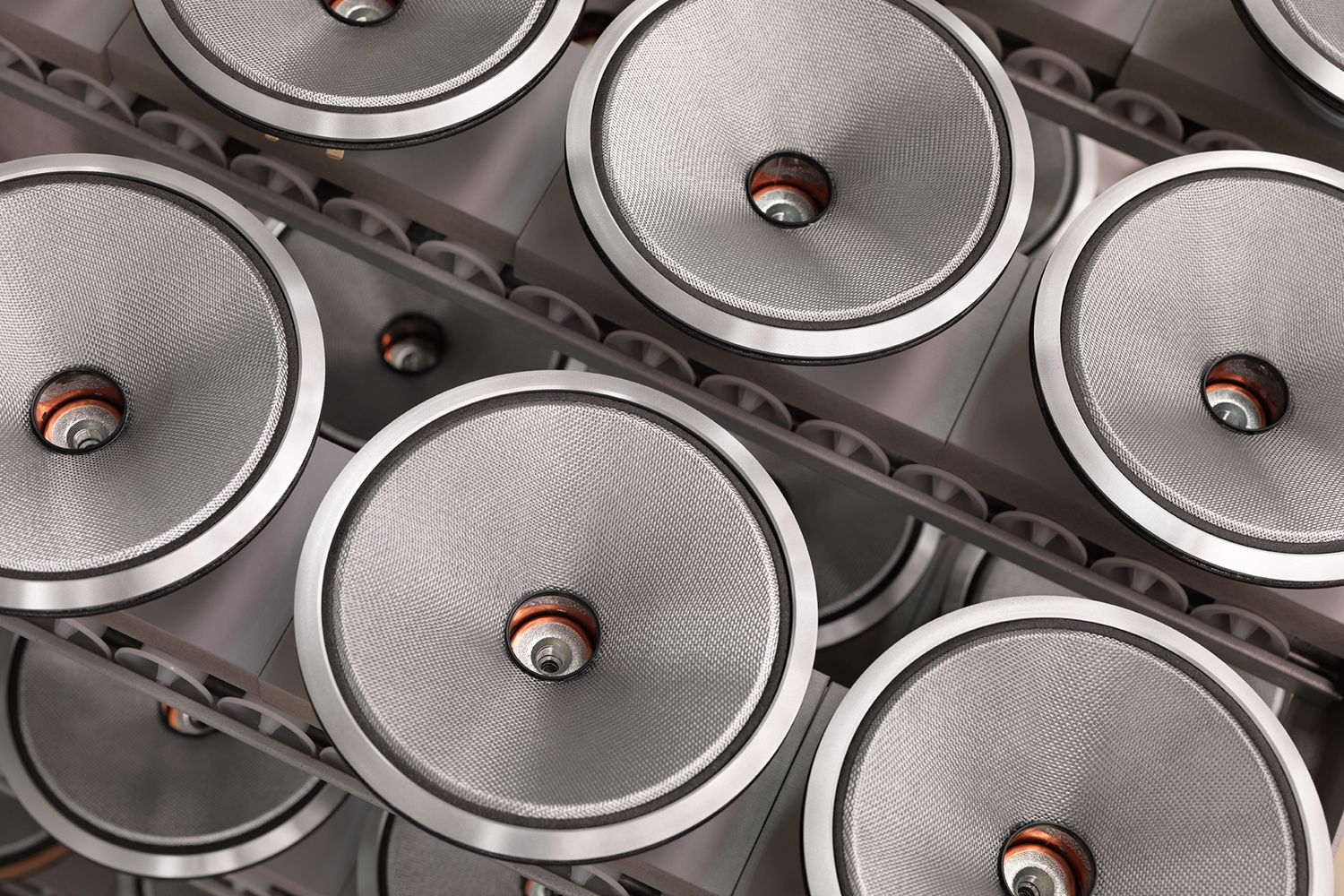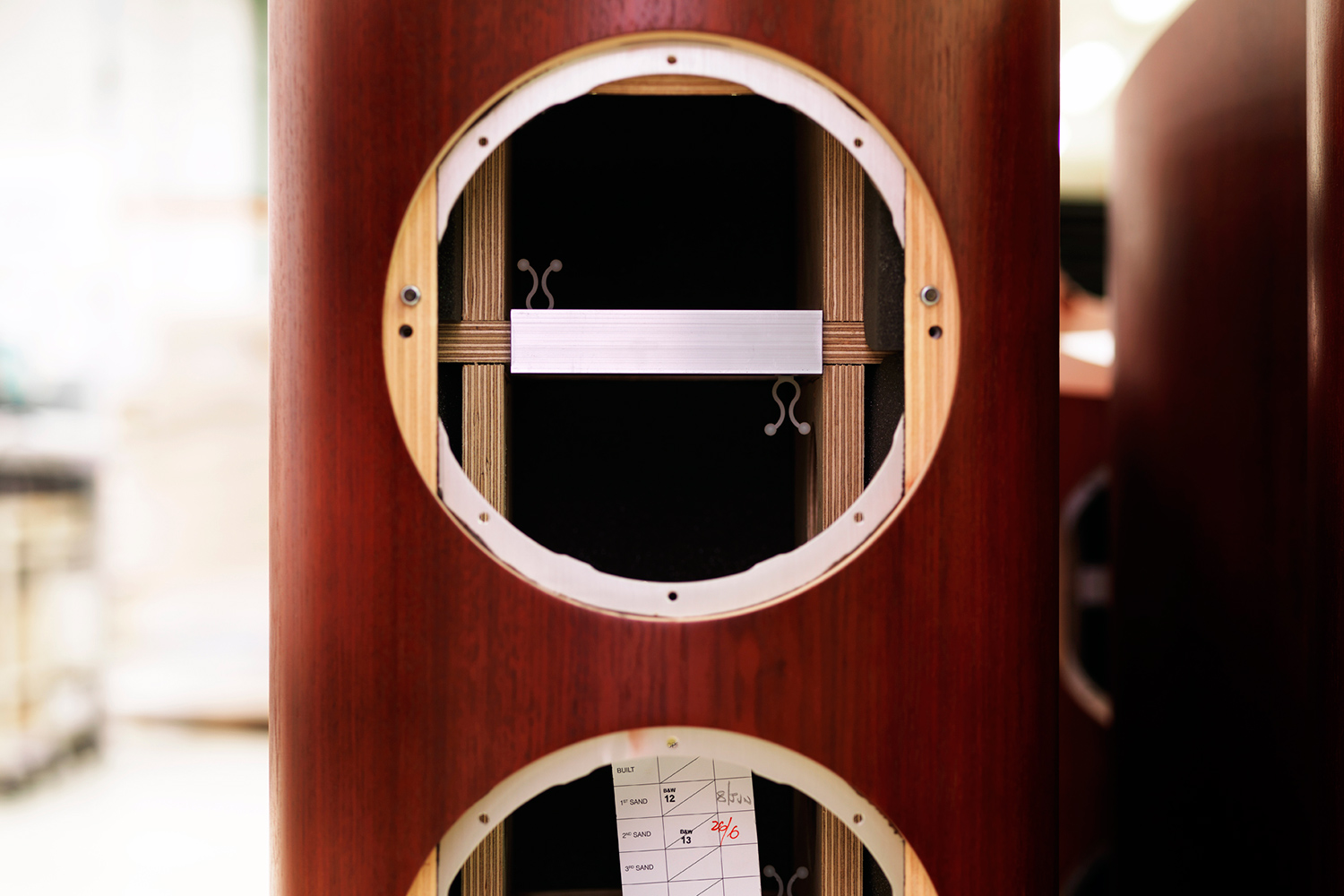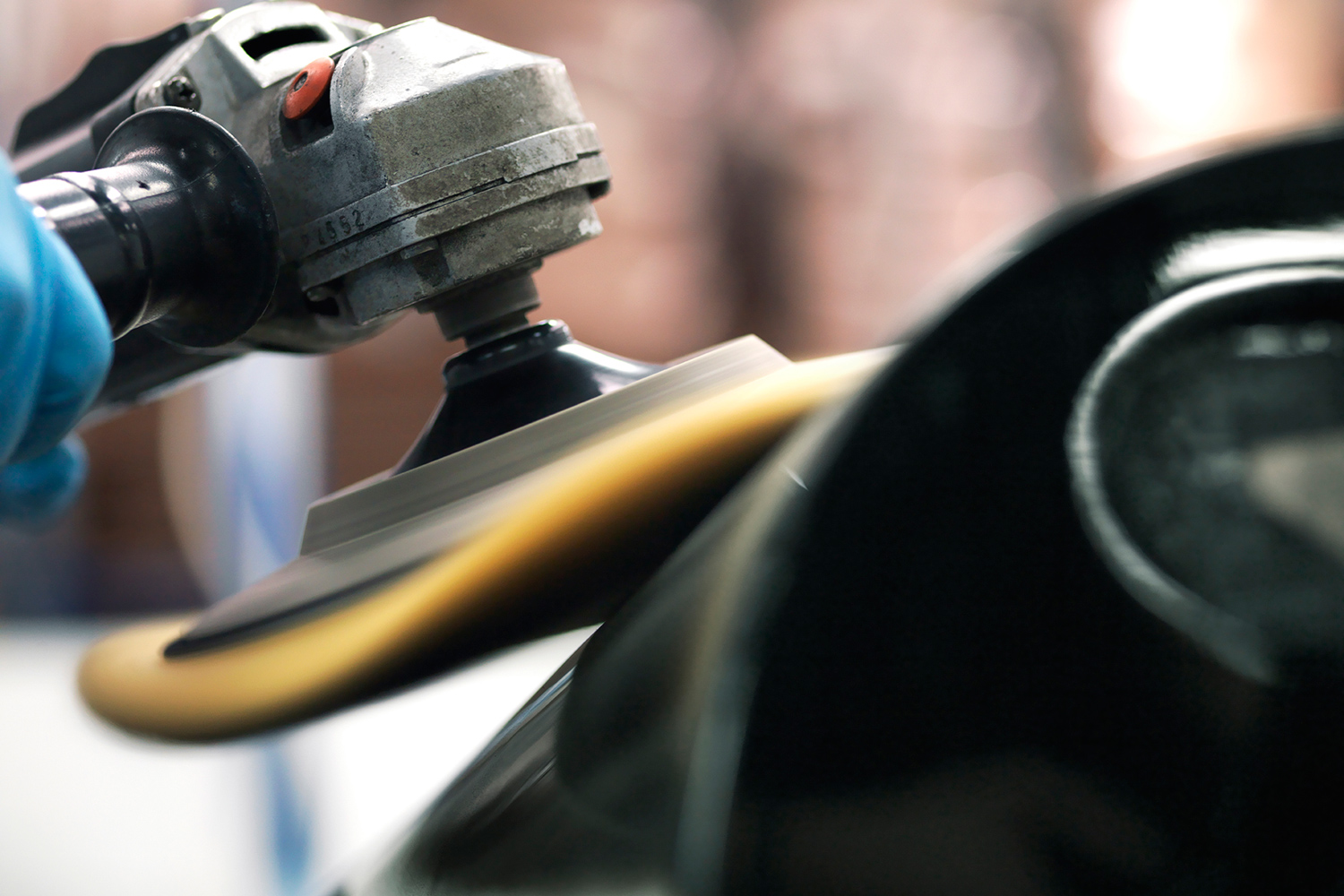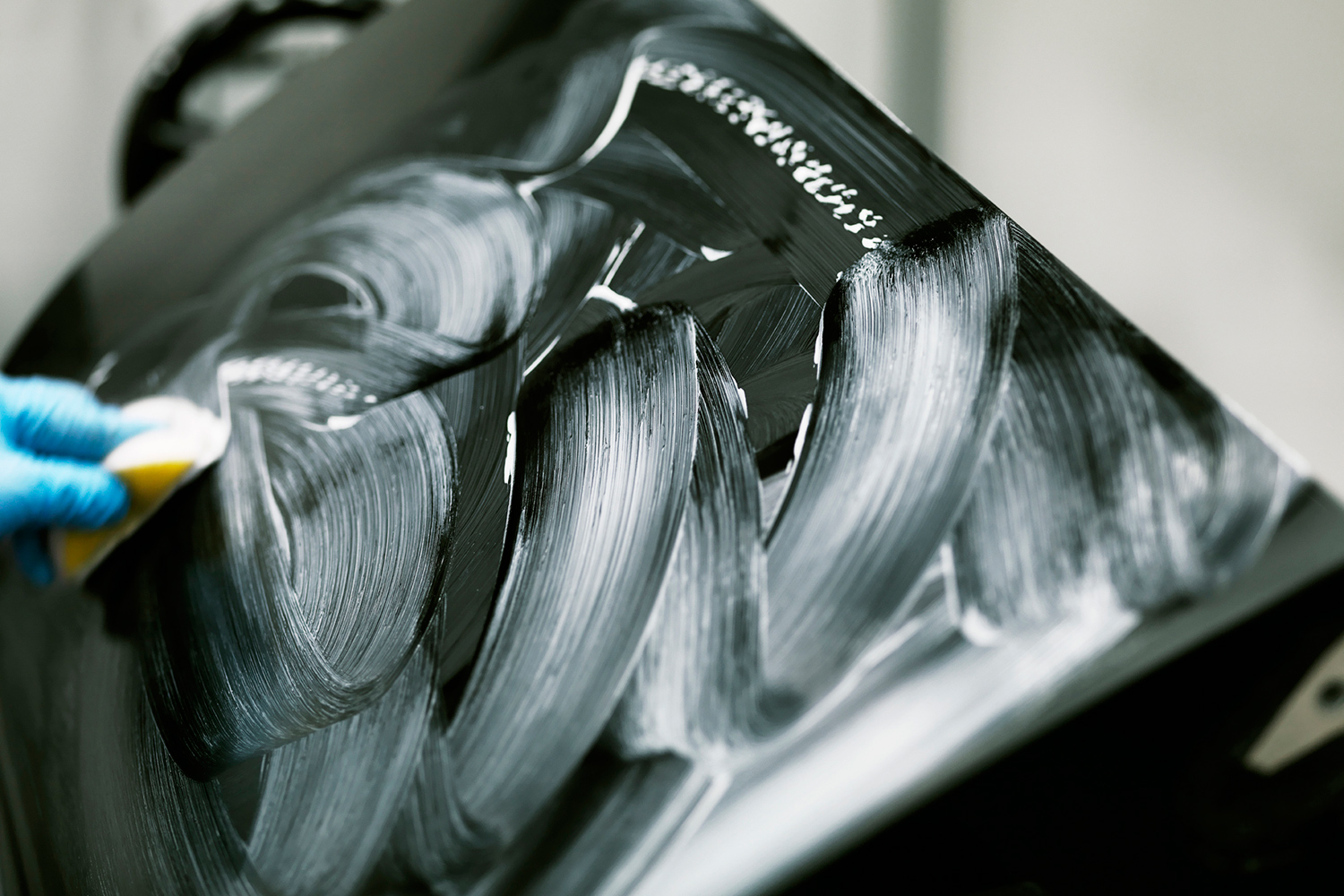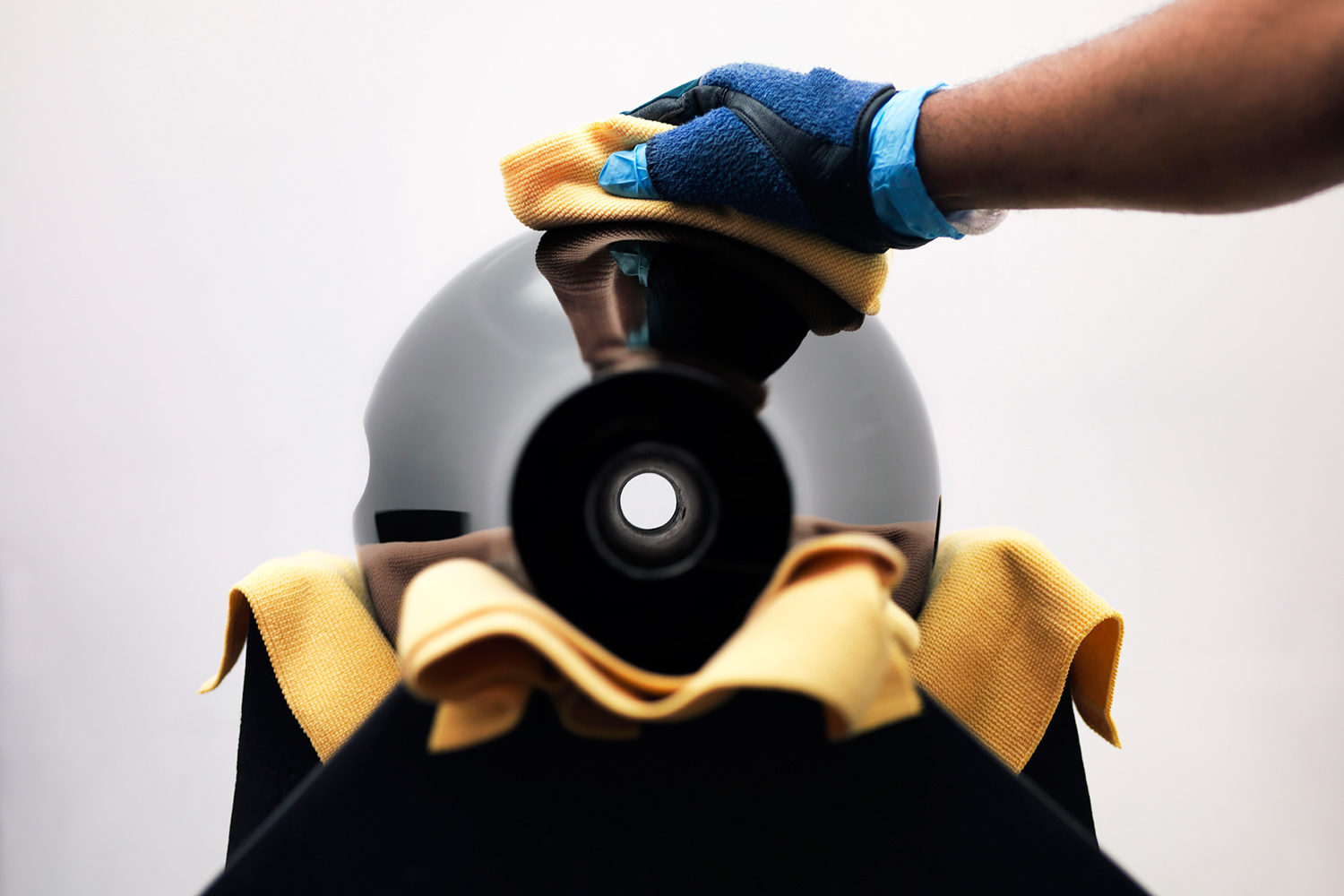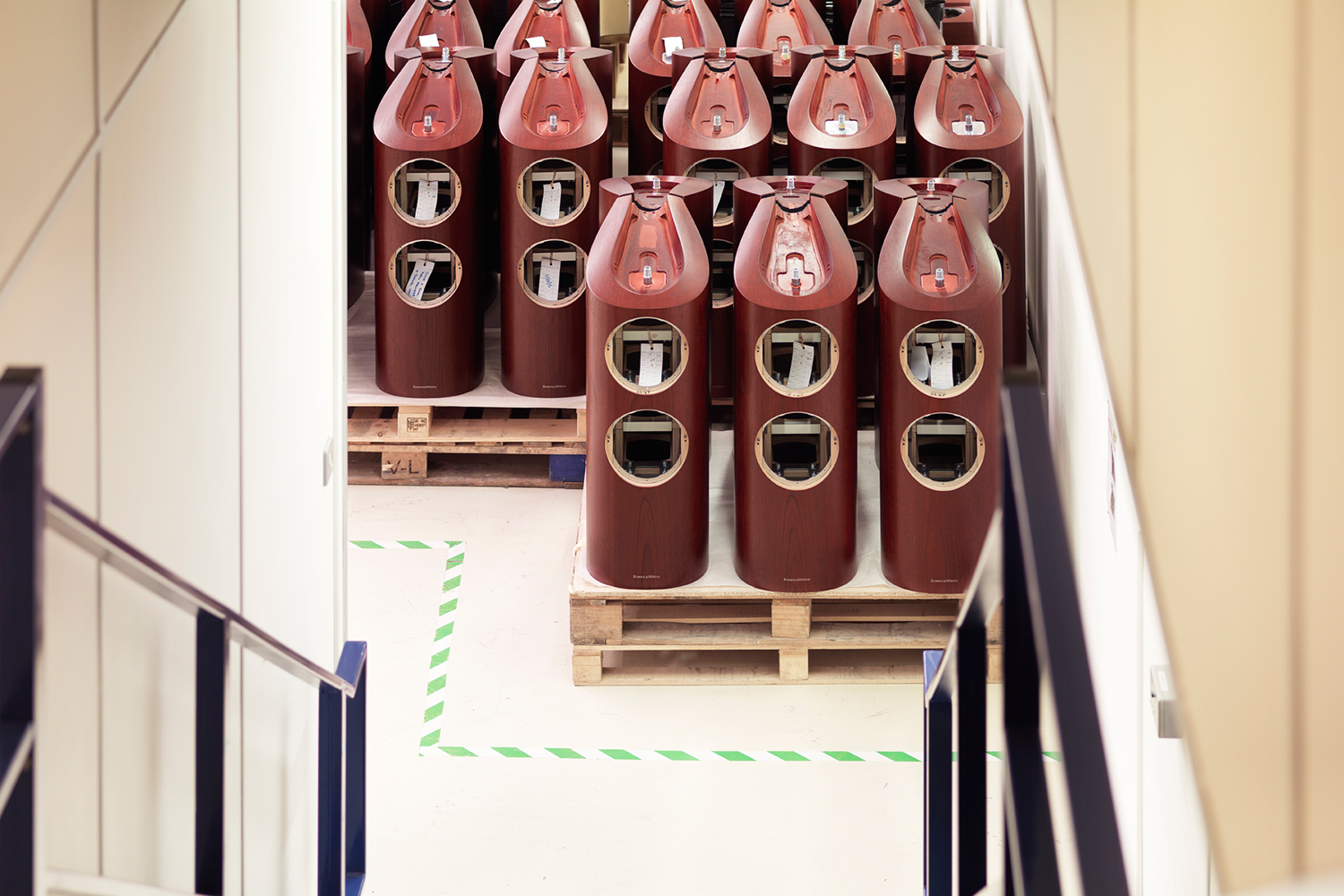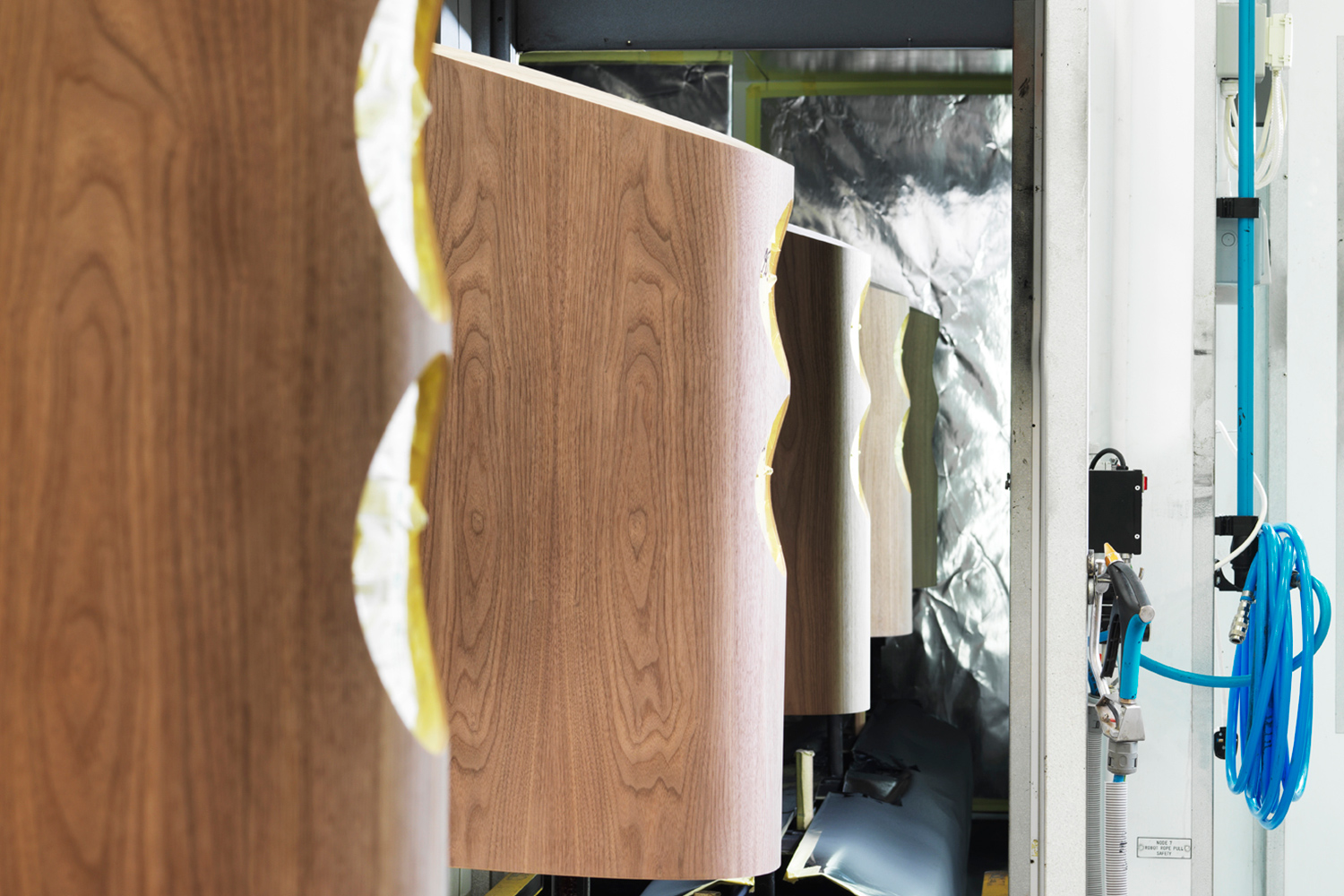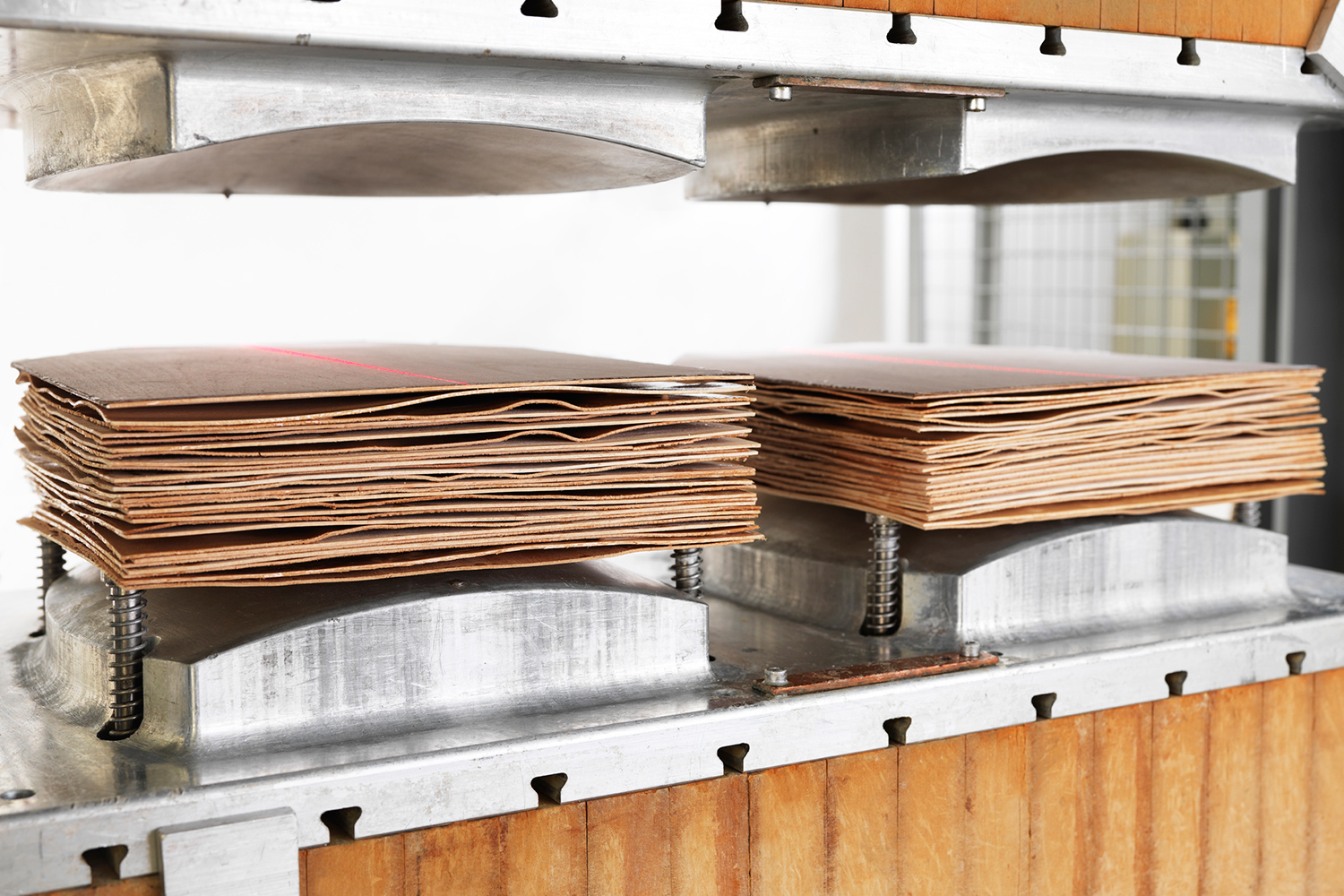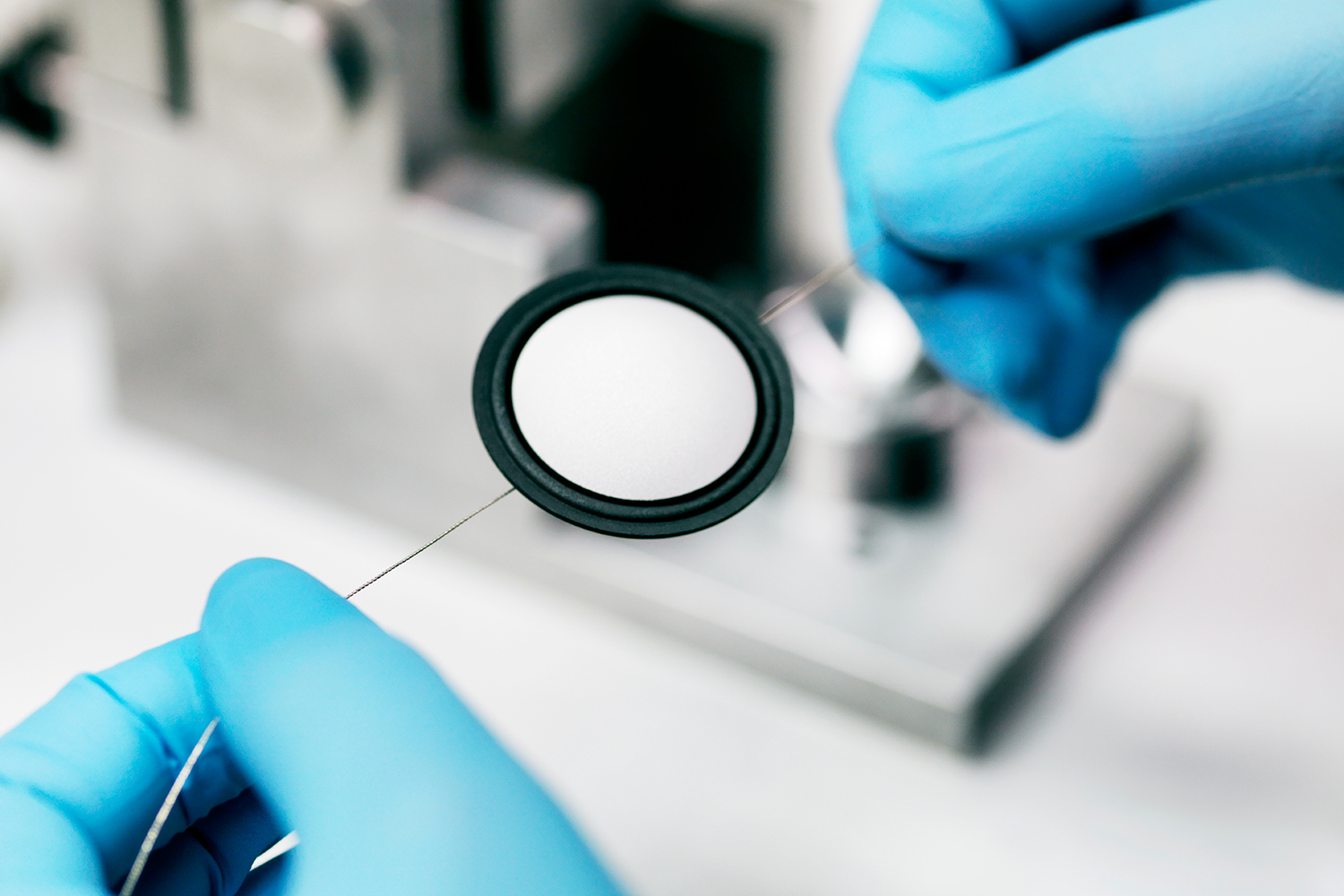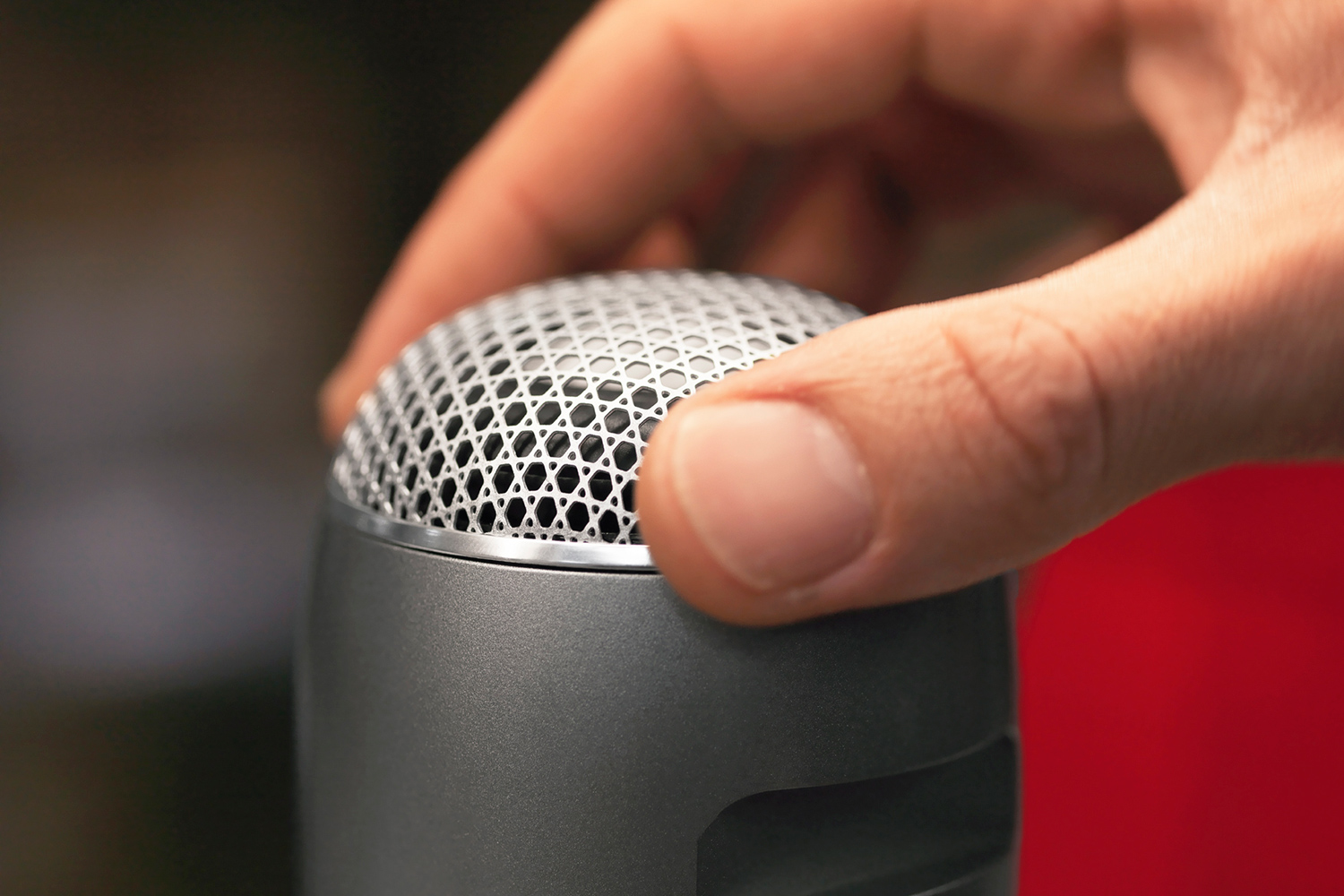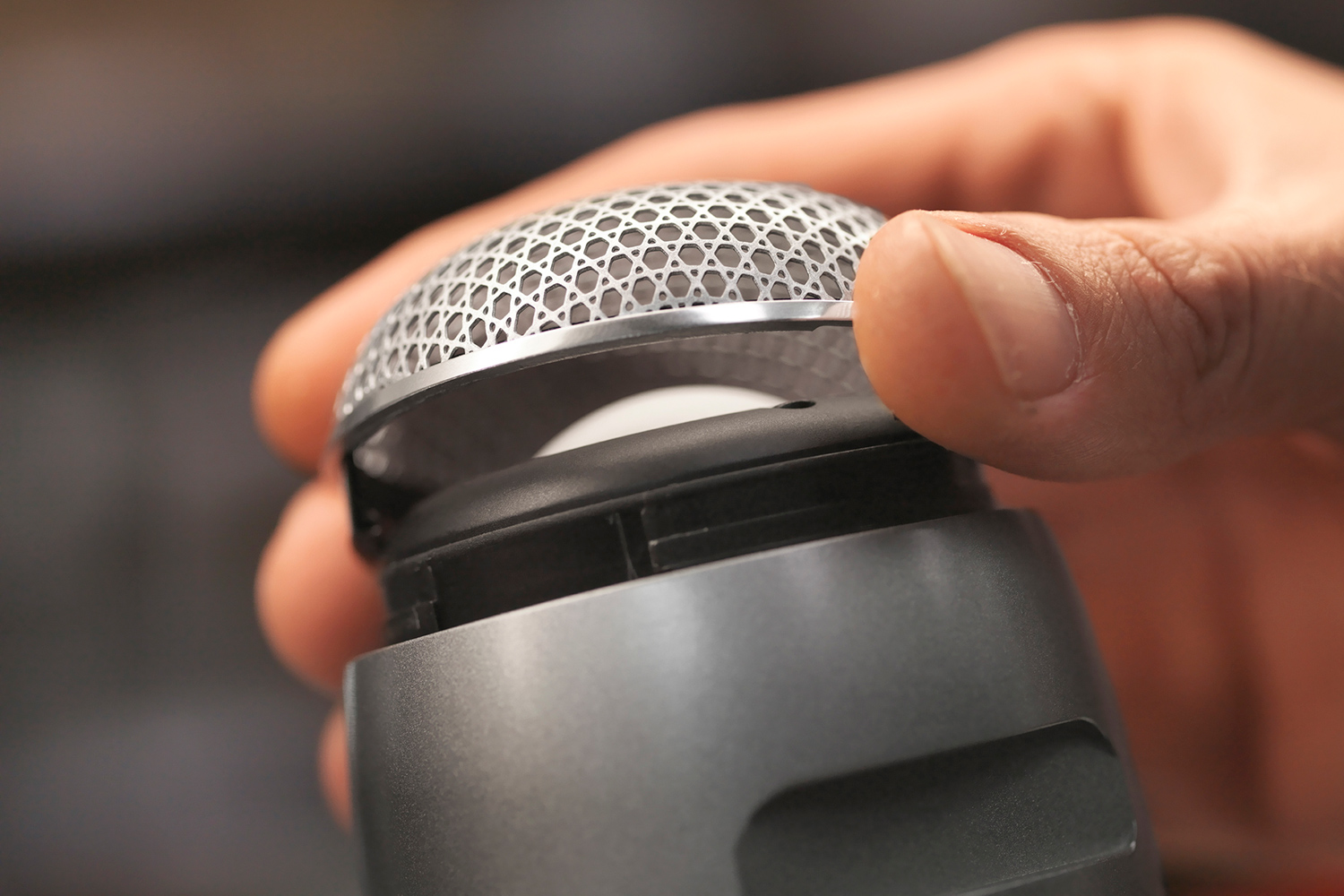In the world of high-end audio, you could say that the best products are never good enough. It’s this constant desire for perfection that led Bowers and Wilkins to rethink its 40-plus years of sound engineering – essentially scrapping what it’s been doing, because whatever it was doing just wasn’t good enough.
“Revolutions can take time, but they’re worth waiting for,” says Stuart Nevill, B&W’s head of engineering.
Calling it the biggest launch in its history, the new 800 Series Diamond (DS3) is indeed a start from scratch, from the turbine head all the way down to the plinth. The hand-built speakers – crafted and tested by just 350 employees at B&W’s facility in Worthing, England – have similar profiles as their predecessors, but even the aesthetics – the positioning of the tweeter and turbine head – have been improved not just for looks, but better sound quality.
Kevlar, the basis for its midrange driver cones since the 1970s, has been replaced with a new material called Continuum that delivers predictable behavior through the frequency range, rather than Kevlar’s abrupt transitions that affect sound quality. The tweeter and turbine head are now made from a solid and heavy piece of aluminum, instead of granite-based Marlan, for rigidity; the tweeter’s new design is unaffected by cabinet resonance. The bass driver is made with a new Aerofoil cone that’s much stiffer where it’s needed, which helps control bass for accuracy.
The reverse wrap cabinetry has front and sides “formed of one continuous curve, held together with a spine of aluminum”; B&W says the curved front means less baffling around the drive units. The internal structure, or matrix, is now made of layers of plywood instead of medium density fiberboard (MDF), which, reinforced with metal, is stronger and minimizes resonance and cabinet reflection. The plinth, or foundation, has also been strengthened to reduce overall vibration. All this has been made possible thanks to advancements in 3D modeling and printing technologies.
“Diamond is the only thing that hasn’t changed,” Nevill says. The diamond dome, the only major component that’s been carried over, does use a new “acoustically transparent” grille.
New technology is always welcome, but did B&W really need to do a complete overhaul? At Sterling Sound in New York City, the audio mastering facility that works with superstars in music – and where the new DS3 models were unveiled on September 9 – B&W demoed the 805 DS3 against the previous 805 DS2, sampling a selection of jazz, rock, and blues – from Gregory Porter’s “When Love Was King” to a live performance of Ryan Adams’ “Come Pick Me Up” and a recently found version of Stevie Ray Vaughan’s “Tin Pan Alley.” After the demo, we could see why B&W decided to re-engineer the product, because there is a big improvement.
Doug Henderson, B&W Group’s president for North America, says the DS3 is a “gift to music and music lovers.” Yes, it’s a bit hyperbolic, but the DS3 will make you rethink how you listen to music.
Now, the 805 DS2 we listened to is pretty good. We listened to the same tunes afterward on a typical consumer speaker setup and through a pair of basic headphones, and we were reminded by how much we were missing. In the Porter tune, there’s no balance, and the vocals overpowered the piano. In the Adams track, we didn’t feel the intimacy of the small venue it was recorded in. Listening through 805 DS2, we could hear the clarity of the vocals, the different instruments, and the balance of everything working together. It’s no wonder that, according to Nevill, 80 percent of classical recordings today are mastered with B&W speakers.
The DS3, however, brought out the deficiencies of the DS2. Any hiss in the vocals has been nearly nullified. The presence of bass is there, but nothing feels drowned out and it feels balanced, particularly with the jazz sample. There’s more space around the piano that really brought out the instrument’s sound. Every note sounds exquisite. The enhanced dampening, lower distortion, and decreased vibration have made big improvements.
Now, granted, B&W was most likely playing high-quality digital files and the speakers were tuned for the space, and we were inside a soundproofed recording studio – all highly controlled and not how the 99-percent listens to music. It doesn’t necessarily mean music appreciation is awful, but the DS3 offers a different listening experience few can enjoy. But, if you get the opportunity, you should.
The D3 consists of the 802 ($22,000/pair), 803 ($17,000/pair), 804 ($9,000/pair), and 805 ($6,000/pair), and the HTM1 ($6,000 each) and HTM2 ($4,000 each) center channel speakers. Floor stands cost between $500 and $600. The 800 will be announced next year.
Editors' Recommendations
- B&W’s revamped entry-level 600 Series speakers start at $900 for a pair
- B&W Panorama 3 soundbar: Easy Dolby Atmos for $1,000
- Bowers & Wilkins’ pricey flagship speakers get an expensive update
